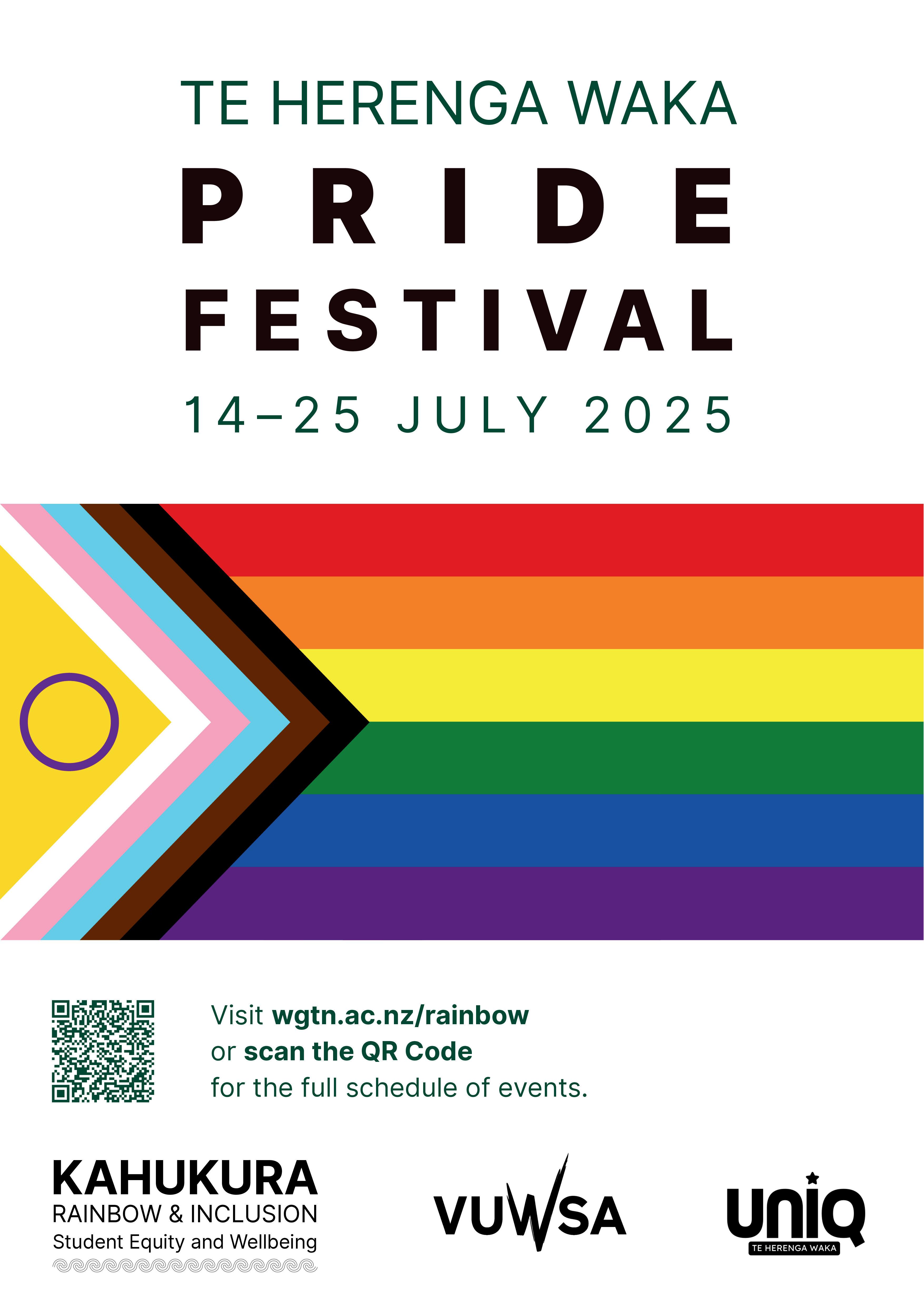




By Ash Buick (they/them) - UniQ Publications Officer
The past year has been difficult for queer people around the world. Our abilities to exist openly as our authentic selves have been repeatedly challenged. In particular, our trans siblings have had to deal with intense public dehumanisation and new barriers in their access to healthcare. To exist as an openly transgender person in 2025 is a political statement. It is easy to focus on how the progress of the past few decades seems to have eroded away and think about where it all went wrong. But I think we can approach this in a more productive way. While things may look pretty bleak, we will persist as generations have done before us.

Persistence comes in many forms. It can be attending protests to fight against the current erasure of our rights, but it can also be wearing a pronoun pin in public. Persistence is fighting to tell queer stories despite their supposed decrease in commercial viability. It is also the work to preserve our history so it is available long after the people involved have gone. The US government may be able to erase Marsha P. Johnson from its websites, but it can’t erase her name from my mind.
Diversity is our strength, so we must also fight against the efforts to fracture our community apart. The far right wants us to get bogged down in online label discourse so that we’re distracted from their tangible attacks on our rights. While online spaces provided a gateway into the queer community for myself and many others, we must remember that they are just a subset rather than the entire thing. A benefit of Wellington being Aotearoa’s queer capital is that there are so many ways to meet other queer people. There really is something for everyone, from drag shows at Ivy bar to UniQ’s Friday social space.
This year’s Queerlient contains articles about the history of queer activism and culture. It also looks to the present, showcasing a variety of queer experiences. Though as always, Queerlient is a celebration of Te Herenga Waka’s LGBTQ+ and MVPFAFF+ communities.
I hope that there is something in this issue which will help you see queerness from a different perspective. We’re here, we’re queer, we will not disappear!
MONDAY
The Undercurrent presents a distinctly French evening with food, drinks, and a film screening of Crainquebille (1922) with a live accompaniment by Undercurrent all-stars Oscar Lavën and Adrian Jensen.
FRIDAY
FRIDAY
Free festival featuring SKRAM, Lucy Summerfield, Cian, Dreams Of The Damned, FLOODGATE, and The B.U.Ms
6PM - The Undercurrent$15
FRIDAY
90's grunge legends Lung headline a diverse lineup of bands at Newtown's Moon1, who reflect the range of influences on their multi-faceted sound - from noise, punk, folk, pop and electronic music elements expressed in a rock format.
8PM - MOON - $10-20
Pioneered by legends such as Kraftwerk, Afrika Bambaata and Grandmaster Flash, Electro has taken countless forms since its inception. We've curated a lineup of artists to explore and showcase a range of sounds with their roots in electro.
10PM - Valhalla - $8
Post-Punk Indie-Rock
Wellingtonians Tower of Flints are joined by the mighty Underwire at Valhalla for a night of kick-ass original music with serious attitude!
6:30 - Underworld Tavern - FREE 7:30 - Valhalla - $15
The classic goth 80s immersion party returns, this time making its Valhalla debut! Not to be missed.
10:30 - Valhalla - $8

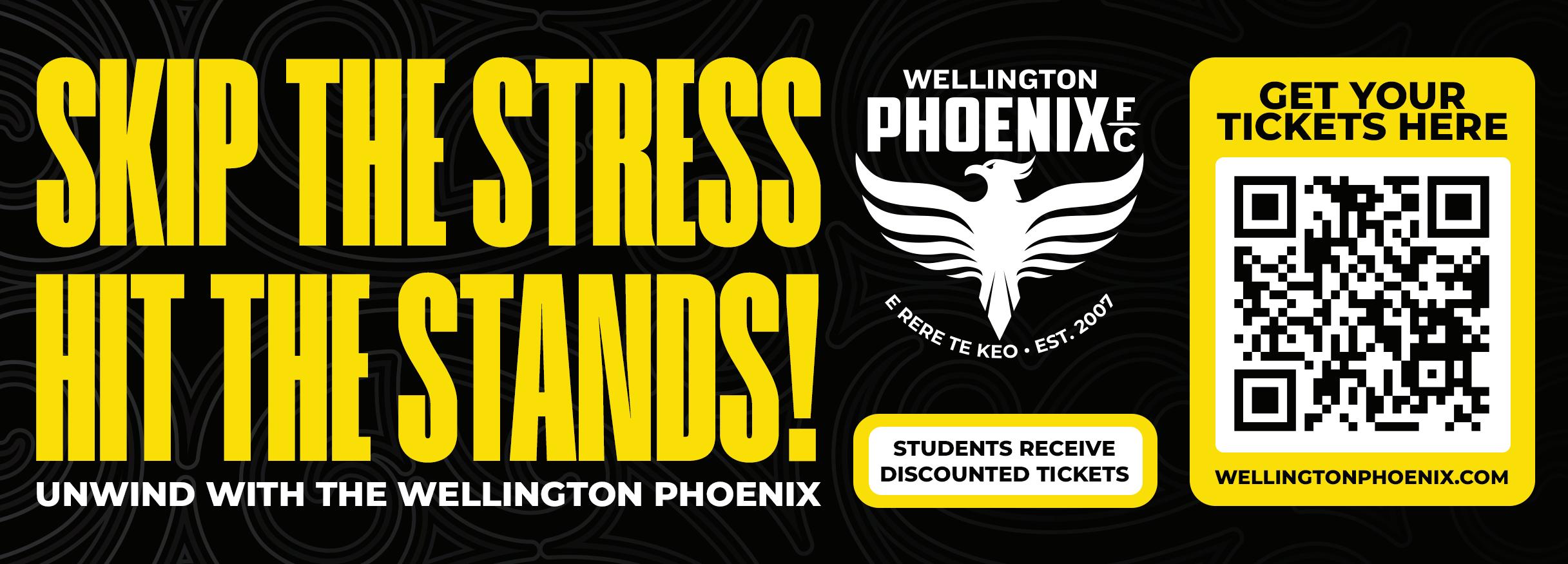
By Will Irvine




Multi-billion-dollar company Uber has taken its dispute against casually employed drivers to the Supreme Court. The hearing began last week on Tuesday, as the company sought to strike out a resolution from the Employment Court that defined drivers as “employees” rather than “contractors”. The case, if successful, would allow drivers to benefit from workplace protections such as health and safety laws.
In 2023, the Court of Appeal denied Uber’s appeal on similar grounds to the original decision, which argued that Uber exercised a significant amount of control over drivers’ actions, branding, and behaviour whilst logged into the app.
As the hearing began, union members and supporters gathered outside the Supreme Court on Lambton Quay. Wellington City Councillor Nureddin Abdurahman, who was one of the original Uber Drivers in the 2022 Employment Court decision, spoke to the crowd, saying that as a driver he had “no freedom”.
In a stunning move, the UK’s right-wing “Labour” government has designated protest group Palestine Action as a terrorist organisation, placing the activists and their supporters in the same category as mass murderers like ISIS and Al-Qaeda. Palestine Action is known for their direct action tactics, including the targeting of Elbit Systems arms manufacturing plants.
Last month, Palestine Action activists broke into RAF Brize Norton and spray-painted over RAF planes. The planes were reportedly refueling to be sent to conduct surveillance in support of Israel’s genocide in Gaza.
In the week after the designation took effect, 29 protestors holding signs saying “I Support Palestine Action” were arrested and charged with terrorism-related offenses, including an 83-year-old priest, the Rev Sue Parfitt. She has since been released on bail.
As President Trump’s “One Big Beautiful Bill Act” was signed into law, the state of Texas experienced some of its most damaging flooding in decades, drawing attention to the current US administration’s cuts to climate spending.
At time of writing, there are currently more than 100 dead and more than 160 missing in the flood-ravaged Texas Hill Country area. Media attention has focused on more than 700 girls and young women stuck at “Camp Mystic”, a summer camp directly caught in the flood plains.
The sweeping budget bill passed by a Republican-controlled legislature cuts $150 million in spending for the National Oceanic and Atmospheric Administration, which will likely reduce the federal government’s ability to predict and respond to disasters in the future. Meanwhile, reports suggest more than 600 employees at the National Weather Service have been removed from their roles, with more than 1/3 of Federal Emergency Management Administration (FEMA) staff suffering a similar fate. Despite the glaring problems presented by the Texas floods, the President remained adamant that his budget cuts were necessary, suggesting last week that FEMA would be disbanded entirely by the end of the next hurricane season.
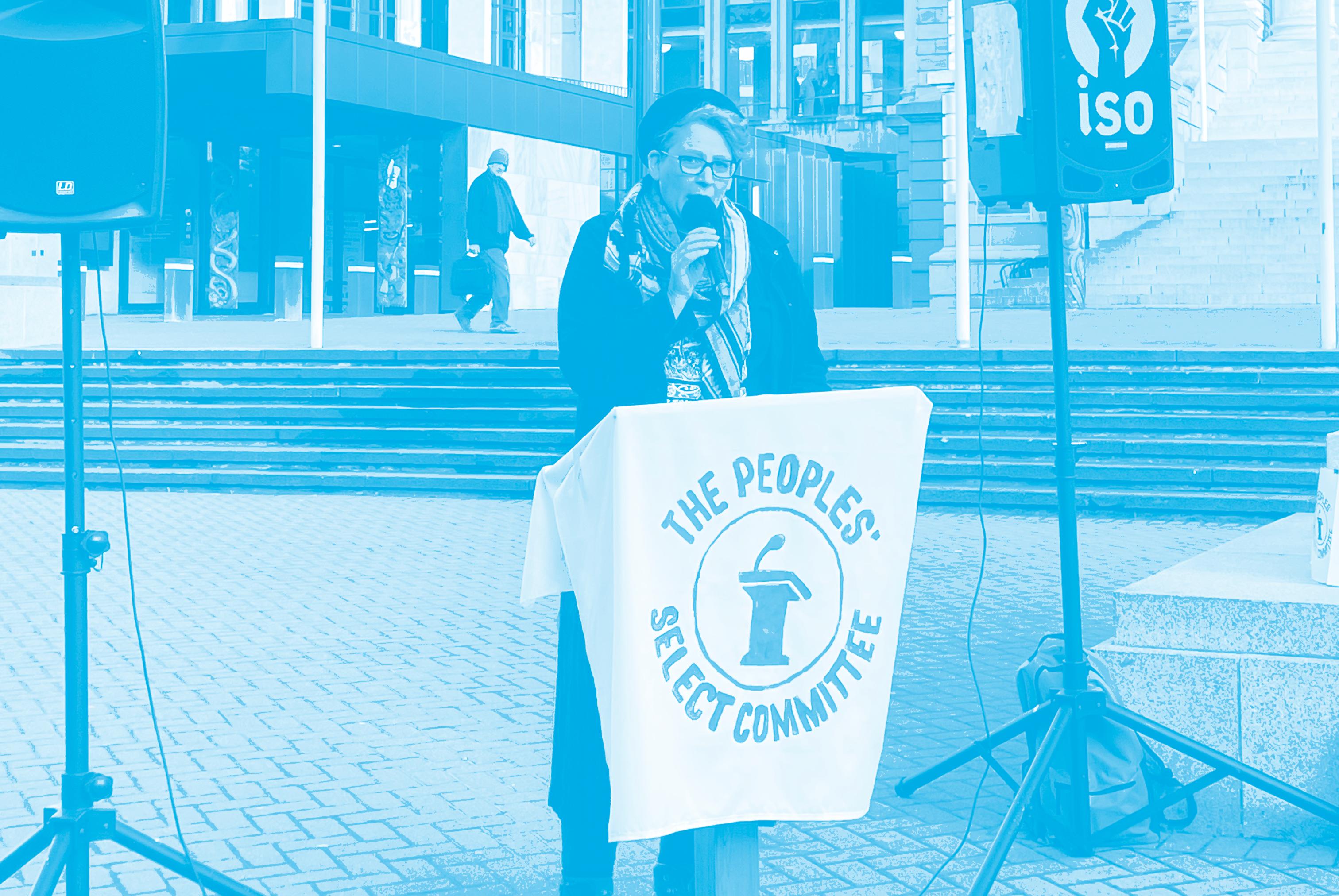
At 9am on Tuesday morning, community organisers from around Te-Whanganui-A-Tara gathered outside the steps of Parliament for a first-of-its-kind form of political protest: the People’s Select Committee. Participants spoke with emotions ranging from calm disappointment to anger, but all were united in their opposition to the Regulatory Standards Bill.
The Regulatory Standards Bill, dubbed the “sibling” of the Treaty Principles Bill, has been widely criticised for its entrenchment of libertarian free-market ideas into Aotearoa’s legislative framework. Out of 23,000 submissions made to the Parliamentary Select Committee on the bill, preliminary reports suggest that just 0.33% supported its passage into law. Despite widespread opposition, however, Parliament has only allowed around 500 submissions to be orally presented to the committee, over a 30-hour window.
Enter the People’s Select Committee. Announced less than a week before submissions began, the committee was a ramshackle affair, with a hastily assembled podium mimicking the format of the Parliamentary committee, which was meeting less than a few hundred metres away.
The first speaker of the morning was emphatic in her opposition to the bill: “this
bill seeks to solve a problem that does not exist”. The consensus among submitters was clear -- that the RSB was a cynical attempt at ensuring ACT’s presence is felt long after they leave government. Another speaker called ACT’s values “extreme”, and noted that the bill “hands extraordinary powers to its own author”.
Whilst the protest was organised to draw attention to the exclusion of the public from the select committee process, one speaker also took the opportunity to critique the process itself. “Every time I have submitted to that committee, it has been a disempowering experience”. The select committee process has become a focus point for the protest movement in Aotearoa, but critics argue that it has yielded very few significant results in the face of politicians’ commitments to party politics and coalition agreements.
Despite the boiling anger beneath many speeches, the mood among the crowd was optimistic: “together, we killed David [Seymour]’s last despicable bill… together, we can kill this”.
The approach seems to have taken root. Former National MP Marilyn Waring has also convened a People’s Select Committee on Pay Equity. Submissions are open until the end of July.

By Darcy Lawrey (he/him)
Last week, VUWSA kicked off its campaign to call on the government with a simple question: “where is the fucking work?” The student union unfurled two banners, one over the Terrace Tunnel, and another on parliament lawn, placed in direct view of Christopher Luxon’s office on the ninth floor.
“This graduate programme is currently on pause” – that’s the answer job-seeking graduates have been facing from a wide array of government departments. Whether you’re a Law graduate hoping to start out at Crown Law, or you’re a Computer Science graduate looking for a spot at the Communications Security Bureau, the answer is the same.
The lack of career opportunities for graduates is crystal clear in the nursing sector, with a recent New Zealand Nurses Organisation survey of nursing students showing 61% plan to seek a job overseas if they are unable to find one in New Zealand. Only 1 in 2 nurses applying for hospital jobs were successful last year.
But the dismal job offerings for graduates in other areas of the public sector are less publicly well-known. According to VUWSA, 591 grad roles have vanished into thin air, with data from Student Job Search showing job listings have fallen by 37.6% in Wellington between 2023 and 2024, while applicants per vacancy increased by 77.2%.
Engagement Vice President Aidan Donoghue told Salient that it has taken Official Information Act requests by VUWSA to discover many government department’s graduate programmes are “on pause”.
According to him, many of these pauses are part of cost-saving measures directed by Finance Minister Nicola Willis. He sees the lack of transparency surrounding these pauses as a sign that the government knows that what
they’re doing is wrong, “clearly there’s a choice towards reinstating appreciation for landlords, versus resuming the funding for graduate roles”
Donoghue says that without proper investment in pathways from education to careers, 13-20 years of public education is being washed down the drain – “For a government that’s all about growth and capital it just doesn’t make any sense”, he said.
“For a government that’s all about growth and capital it just doesn’t make any sense”
After a referendum showed “jobs and the lack of them” was the most important issue for students at the upcoming local election, a follow-up survey by VUWSA of Business and Government students found 80% had already looked overseas for employment. Donoghue thinks it’s clear that “New Zealand is going to be funding other countries' futures.” With “no work and shit pay” here at home, and better wages and conditions overseas, what is there to keep our graduates in New Zealand, he asks.
He reckons the abysmal state of graduate roles in the public sector screams of “we’ve got to maximise our three years” from the current government but says that VUWSA’s campaign is just as much of a challenge to the opposition parties to put their money where their mouth is.
VUWSA’s ‘Where’s The Work’ petition calls for the reinstatement of all paused graduate programmes, an emphasis on education-to-workforce transitions in the public sector, and the expansion of graduate opportunities. The union is planning a march to the airport, with packed bags in hand, to deliver their petition to members of the opposition.
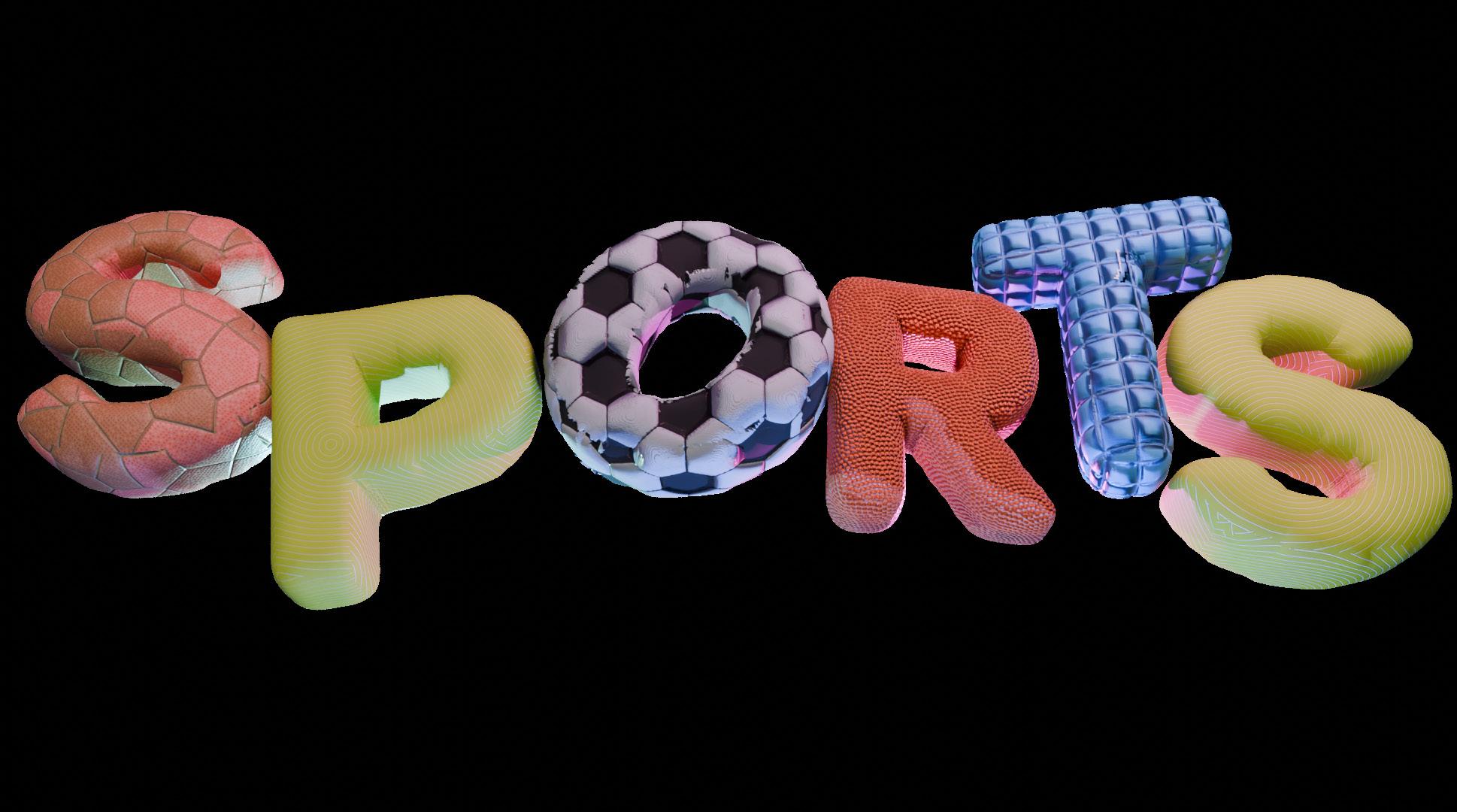
Welcome to Salient’s shiny new Sports section! Over the next few weeks, this section will evolve to feature sports results from many of Te Herenga Waka’s big sporting clubs, along with announcements of upcoming sporting events, and spotlights on interesting clubs and hobbies you might not have heard of before. We’ll also be profiling the top athletes from VUW, learning about their talents, passions, and what drives them.
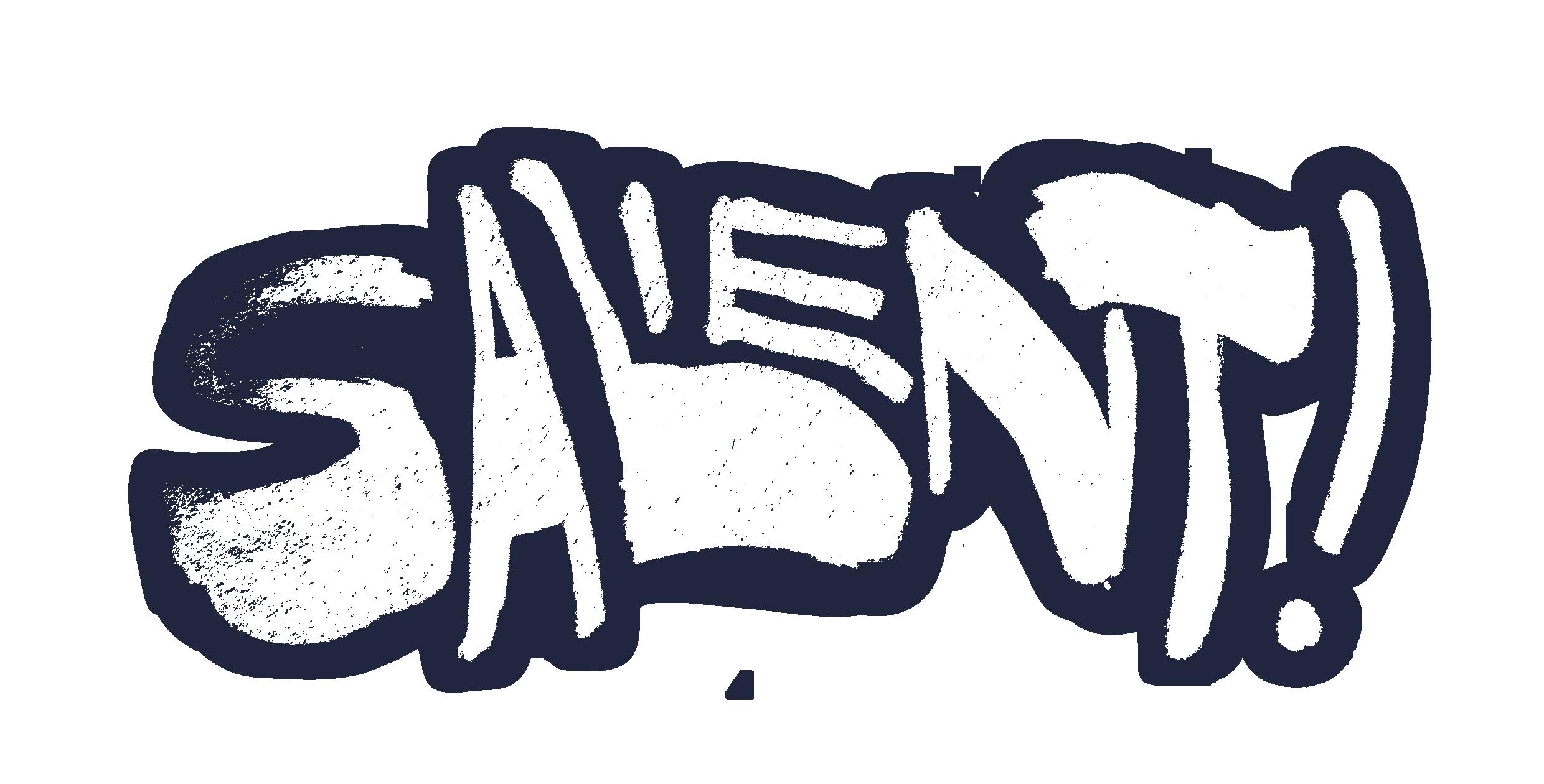
Rugby - Old Boys University
Saturday July 5th
OBU Premier Men 90-6 Avalon Premier Men
OBU Premier 2 7-14 Petone Premier 2
OBU Scallywags 0-67 Tawa Ducks
OBU U21 Green 20-38 Paremata-Plimmerton
U21
Football - VUWAFC
Womens - Sunday June 6th
Vic Uni Reserves 1-2 Te Kotahitanga FC
Women's Firsts
Vic Uni Unified 3-1 Stokes Valley V-Nix
Vic Uni United 1-2 Island Bay Makos
Mens - Saturday July 5th
Vic Uni Accies 1-5 Vic Uni Men’s Reserves
Vic Uni Raiders 3-4 North Wellington Eagles
Hockey - VUW Hockey Club
29th and 28th June
Vic 1 Men 2-5 Hutt United 1 Men
Vic 2 Women 1-3 Able Spaces
Vic 2 Men 2-3 Tawa Titans 1 Men
Vic 3 Women 7-0 Petone YW

The World University Games is the world’s second-largest sporting competition. This month, student athletes from all around the world will travel to Germany’s Rhine-Ruhr region to compete at the highest levels of their respective sport. Out of a New Zealand delegation of 84 athletes, five star talents will represent Victoria University of Wellington. These are their names.
Lexi Evett, Abby Wheeler, and Victoria Li - Taekwondo
An outstanding three out of the five selected VUW athletes are taekwondoin. The martial art, which dates back to 1940s Korea, is known for its emphasis on kicking technique, including spinning kicks and head-high kicks. This year, Abby, Lexi, and Victoria will represent VUW at the highest level of their sport. In interviews with VUW’s communications team, all three stressed the value of discipline and perseverance as taught by taekwondo. Here’s hoping those values pay off big-time in Germany!
Logan is a lifelong gymnast, having been competing since he was 7 years old! This year, he’s hoping to put on his best performance at the Games, describing gymnastics as an “obsession”.
Slightly different from our individual athletes, Campbell Hulbert will be competing in the UTSNZ Water Polo team, made up of athletes from across Aotearoa’s universities. The chaotic and exciting sport of Water Polo is always a favourite at the Olympics, and will no doubt be equally exciting for those who tune into the World University Games.
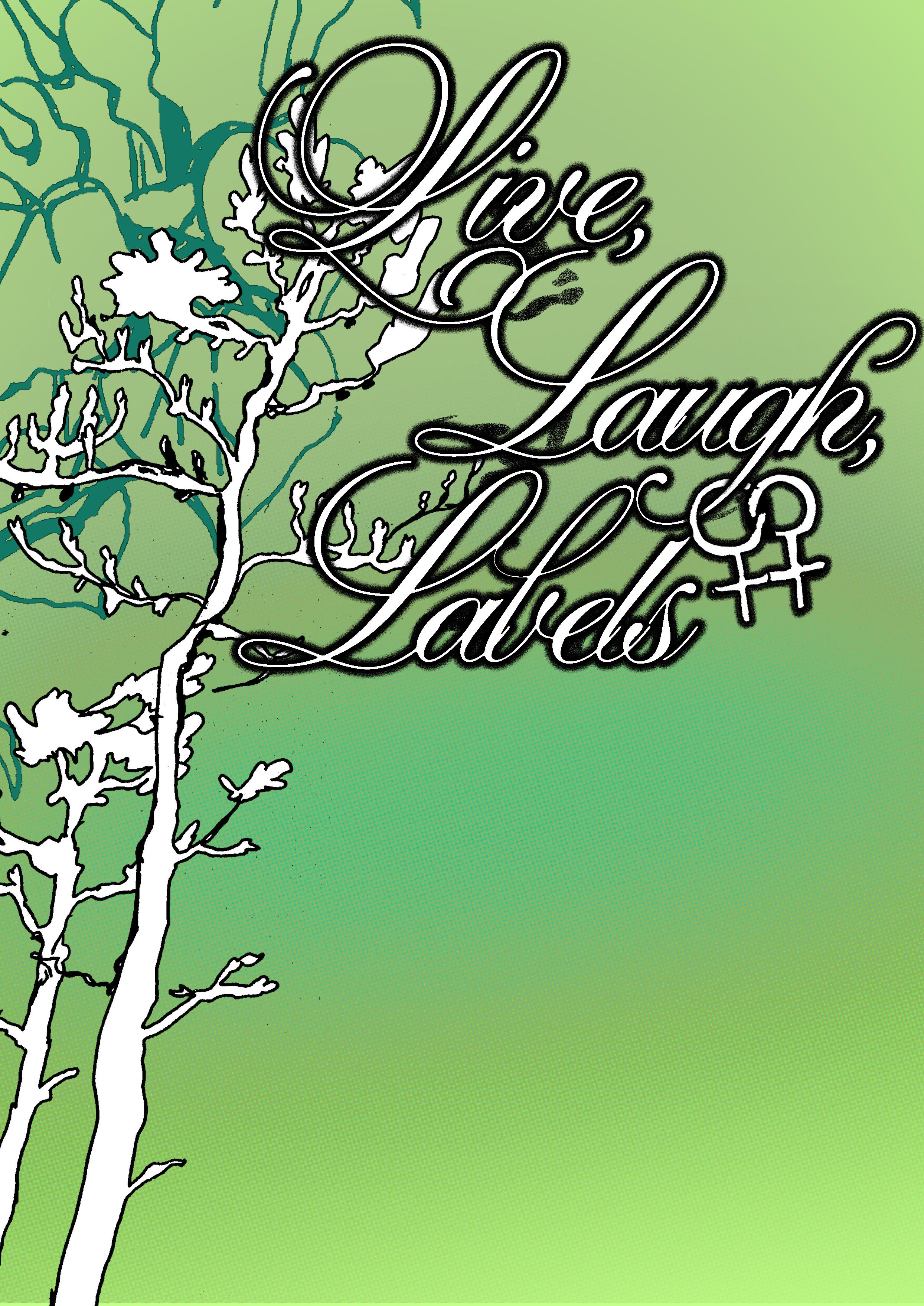
I no longer identify with the word takatāpui. It’s not that I’m actually cis and straight, or that I’m ashamed of using the word (as a proud dyke), it’s that it’s just not me! Takatāpui, means ‘intimate companion of the same sex.’ Our earliest and most famous use of it comes from the tūpuna (ancestor) Tūtānekai, who told his father when separated from his best friend Tiki, "I am dying for love for my friend, for my takatāpui, my beloved, for Tiki". The word was then reclaimed in the 1980s as an umbrella term for all LGBTQIA+ Māori, and has been used ever since.
When we refer to “straight” people in te reo Māori, we typically, plainly say ‘tane moe wāhine’ or ‘wahine moe tāne,’ meaning man loving women, or woman loving man. There isn’t a common label for straight people, and if there isn’t a label for straights, I don’t think there should be a label for fags like me. I’m a wahine moe wāhine, and that’s that. Takatāpuitanga, the use of an umbrella term for all queer Māori, is a modern concept. The term is modern because in the days of our tūpuna, there was no word for queer, because it was so normalised.
Ka tika me mihi ki a rātou ngā ihuone, ngā kaiwhakatūtū kua kaha pīkau i te kaupapa nei. Nā rātou i whakakitea he āpōpō hou i ērā wā i kaha pēhi ai te ao ki te hunga takatāpui. Nā rātou te pō i tō ai ki te ao mārama. I have to mihi to those who came before us who have carried this kaupapa to the present day. Those who lived in a time where they were far less privileged than we are now, who sought a future where we wouldn’t be afraid to be ourselves. Those who envisaged a future where Māori can stand proud in their Māoritanga and their queerness – not separately, but in kotahitanga. The Takatāpui movement, including its outspoken leaders such as Ngāhuia Te Awekōtuku and Elizabeth Kerekere, have been the driving force behind the support, promotion, and celebration of Māori Queerness. Without them, we would not have come as far as we have. It is because of their blood, sweat, and tears that I’m able to write about this very topic.
That being said, I believe that the goal should be that being queer is so normalised that we no longer need a special label, just like straights. If our tūpuna didn’t need a word for it, then as time goes on, neither will we. We’ve come far, but we’ve still got a while to go to get to a point where queerness everywhere is completely normalised.

Takatāpui has also become a buzzword, something for Pākeha to use to feel woke, without ever interrogating their own privilege. Pākeha notions of identity dominate the queer community; this idea that says you HAVE to have a label, you have to choose a box to put yourself in, and which stickers to put on every possible surface you own. This individualism and the need for your own special label is something sorta along the lines of individualism as a characteristic of white supremacy. When I’m at the marae, before anything else, I’m a daughter, a niecey, a moko, a cuz, a dishwasher, a kaitiaki. I'm a member of my hapū, of my hāpori, of my rohe, who happens to be a lesbian.
I do acknowledge that it is a privilege for me to be able to go to my marae, to know where my tūrangawaewae is, to know the lay of my whenua from the top of my maunga. This is a privilege that a lot of Māori don’t have, and often queer Māori are shunned from their homes because of their queerness. Homophobia and especially transphobia still run rampant among some Māori families and communities. Many trans and gender non-conforming people are often invalidated and forced to choose a side, or pushed onto a side that they do not belong to when on the marae and at kaupapa Māori in general. Too often we are told that there is only tāne and wāhine, and that any variation of that is a threat to the balance of life. If the karanga is for wāhine, and the whaikōrero is for tāne, where can gender non-conforming voices be heard on the marae? Where the hell do gender non-conforming people even sit? The reality is that going to certain marae and various kaupapa Māori can be deeply uncomfortable and unsafe for many queer Māori. The fuck of it all is that these aren’t even inherently Māori concepts! Our tikanga and protocols have been assimilated and colonised in a way that makes us turn against our own people, which is the complete opposite of what being Māori is about. Whakapapa and whakawhānaungatanga are the base of Māoridom — it’s all about connecting each other, and creating and maintaining relationships.
The confusion and lack of safety in some Māori contexts means that to find community, many queer Māori have to put up with white queer people, as they make up the majority of queer spaces. The spaces aren’t completely bad, I mean you’d have a tough time trying to find someone who listens to Boygenius and Troye Sivan at the marae, however, some white people can be really fucking annoying. The reality is that many white queer people act as though their queerness negates any responsibility to use their privilege to uplift marginalised groups, and indeed some use their queerness to justify discrimination, as if being gay cancels out your whiteness. Seeking this “community” in mostly white spaces often comes as the costs of your Māoritanga. Many queer Māori either push their Māoritanga to the side in order to better fit in with the white fags, or, regardless of how much they know about Māori culture, they’re tokenised and utilised as the “Mowree” friend.
After spending so much time being disrespected, tokenised, and not taken seriously in spaces that weren’t made for us, I’ve come to learn this: the only label that matters is the one you choose for yourself. This is all to say that labels are not that deep. Labels don’t have to stick – they’re merely ways of making sense of yourself. I personally identify as a lesbian in terms of sexuality, but in terms of gender I identify as Taipari. To some I’m a niece, to one I’m a daughter, to some I’m a little brother, to many I’m a friend. There’s more to me than whether I think I’m a woman or not, whether you think I should be allowed to whaikōrero or not – I’m just Taipari, and that’s where I prioritise my gender expression. My point is, if you’re a dyke, a takatāpui, a wahine moe wāhine, a ‘still figuring it out’, a ‘none of your business’, that’s kei te pai. Like the odd tarot reading that pops up on your FYP – take what resonates and leave what doesn’t. Labels don’t have to be firm or strict, they just have to be yours, authentically.
By
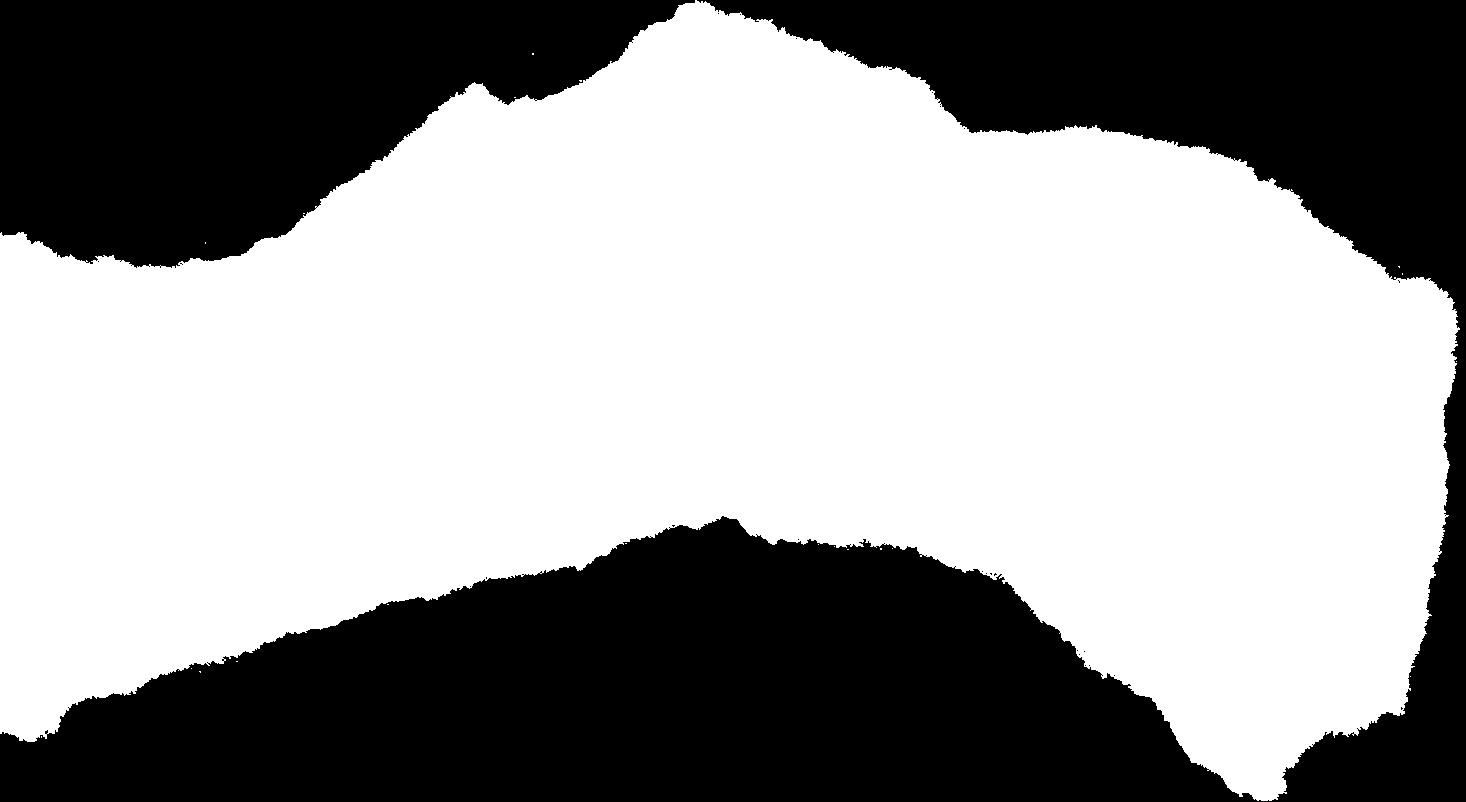
Gender, as defined by Butler (I won’t make it difficult don’t worry), is “a set of repeated acts within a highly rigid regulatory frame that congeal over time to produce the appearance of substance”. Pretty much, we in the white West all agree enough that boys like blue and girls like pink, and then “the anticipation conjures its object” - gender reveal parties are blue or pink, before the kid even picks a preference, or gets their colour analysis done.
So when someone says that gender isn’t real, they tend to mean it doesn’t exist without people agreeing it does. But this logic only gets you so far.
Colour follows the same logic as gender initially. What we perceive as colour is an inaccurate approximation communicated with limited language or based in context. Māori have a few different words for green, based on our relationship to te taiao. The Inuit, by contrast, don’t have many words for green, but a boatload for different blues - so while I would say that kārerarera and kānapanapa are different colours, many Inuit dialects don’t differentiate these greens, or will just call them yellow. This would be the ‘colour isn’t real’ party.
But remember the old blue/black white/gold dress situation? Colour is a pretty good example of how something can be ‘unreal’, while actually being ‘real’. People really saw white and gold. The dress was actually blue and black. Colour is wavelengths of light that actually exist, even though we can’t see them all. In gender terms, this would be the ‘science doesn’t care about your feelings’ party.
So what happens if you believe both? Colour is, scientifically, pre-determined. But it’s perception and utility are not. For some Māori, (not all, and not non-Māori, before the letters to the editor flood in this isn’t about you), gender is real. It is,
to a certain extent, predetermined as a part of our lives. But its perceptions and utility are not. The role of te whare tangata, for example, is one you are born into - but that’s it. You can be born into it and never use it, instead following Tū and Hinekeira into warfare and risk. You can be born without it, but still serve under Hineteiwaiwa and nurture whānau. There is far more to te whare tangata than mere biology, and one trait has never determined the trajectory of anyone’s life in te ao Māori.
We’ve seemingly all agreed that tane = warrior and wahine = womb, but the solution to this narrow view, as hidden away in mana wāhine and mana takatāpui writings, is to flip it on its head. What if it is not the case that being a feminine leads one to being nurturing, but being nurturing leads one to being seen as feminine? What is it is not masculinity which leads one into combat, but combat which leads one towards masculinity? And just as we can’t be eternally in a state of conflict, we don’t always ‘do’ masculine. Gender, in te ao Māori, theorised this way, works as more of an ebb and flow, with everyone moving into and out of states of masculine and feminine at all times, just as we move between tapu and noa. Those who feel wāhinetanga is significant for them, simply bring that element of themselves to the forefront, just as kaihaka always have a waiata not far from their lips.
Auē, I’m just having a scheme here - don’t show this article to the kaumātua in your hapū who are more committed to the idea that kōtiro must wear knee length black skirts than they are to their marriages. I see you Uncle *****.
Or do. If they’re a fan of tikanga, they might be a fan of this.


If I say bad microblading, cult leaders, and terrorising libraries, you’ll probably think of Brian Tamaki. Famed Destiny’s Church leader and eternal loser at elections, he’s one of the highest profile Māori in Aotearoa right now. Unfortunately. And there are a lot of opinions on him. It’s fair enough, he’s managed to hit every possible minority group in history with that 1950s style discrimination, but there’s been a… questionable pattern with the critiques that non-Māori LGBTQ+ people and allies bring against him. Having survived a few white gay people and organisations, I’ve pinned this pattern down. They’re racist – shocker! But surely the woke rainbow left doesn't want to be racist? Surely, as a marginalised community, you would be aware of how marginalisation occurs and want to fight it, right?
Yeah nah, not when personal privilege is at stake. Here, we get the one-two punch of homonationalism and settler innocence. Jasbir Puar first raised the term homonationalism to describe how Western nations (such as ‘america’) weaponise LGBTQ+ and women's rights as a tool to justify the war on terror, and it’s a mainstay in the current invasion of ‘Israel’ into Palestine. Colonies and Western states present themselves as exceptionally rainbow-friendly in contrast to homophobic Others, justifying the vilification of pretty much anywhere Brown (let’s be honest, Muslim), to save the gays being ‘thrown off roofs’. The concept also works in Aotearoa, through the concept of settler innocence. Homonationalism comes out with a vengeance as (specifically Pākeha) LGBTQ+ people recognise that the whole process of colonisation was fucked, but they benefit too much from it to really cede any power. Think organisations giving themselves Maowri names for ‘representation’, but then being run by an almost all-white Board. Think pride parades based on Maowri concepts, held on stolen land. Think Maowri imagery used for events which cater for non-Māori philosophies and line the pockets of white ‘consultants’.
By Maia Berryman-Kamp (Te Arawa, Mataatua)
The justification for keeping this position of power is easy: all the hatred directed at drag queens in libraries, pride parades, and rainbow crosswalks comes from a sea of Brian Tamaki’s gang, with their haka and their red and black flags. These angry Brown men and women are a threat to the gays — and there’s so many of them, and they’re so very native, that it must be problem with the culture. Put better, by someone better: “non-Western cultures are seen as resistant to “gender ideology,” not because of their advanced grasp of the cultivation of “authentic sex” but because of their “coarse and rigid” prehistorical ways and nonplastic biology” (Madsen Evang 2022, 379).
Trust me, gay and trans Māori know better than anyone how colossally fucked our culture can be, and the issues with how it has been translated over. It’s not the job of non-Māori to identify that. This is where, for me, the real issue with the response to Brian Tamaki comes in. Non-Māori see one Brown guy go off lead, and come in like an angry parent, pulling in the reigns. One of us is fucked up, we all must be. They don’t know that the United Tribes flag isn’t actually a pan-Māori flag, and that the use of young people to front the haka is a show not of strength, but of cowardice and manipulation. They don’t see Te Hāmua Nikora composing a haka takatāpui, or Eru Kapa Kingi calling on straight men to be less dickish. Queerness is seen as an import, something that we wouldn’t have had without our great saviours. We would be stuck as warrior men and beautiful singing women, without the liberation and freedom of… Poppers? Appropriated AAVE? Fast fashion crop tops and casual misogyny? Whatever passes for gay culture these days.
The nation-state of Aotearoa requires the subjugation of Māori, an unequal relationship “between a civilised nation and a group of savages”. If you want to maintain this power and status, there needs to be a reason why partnership won’t work. But because you can’t call us savage anymore, you’ll just call us homophobes.

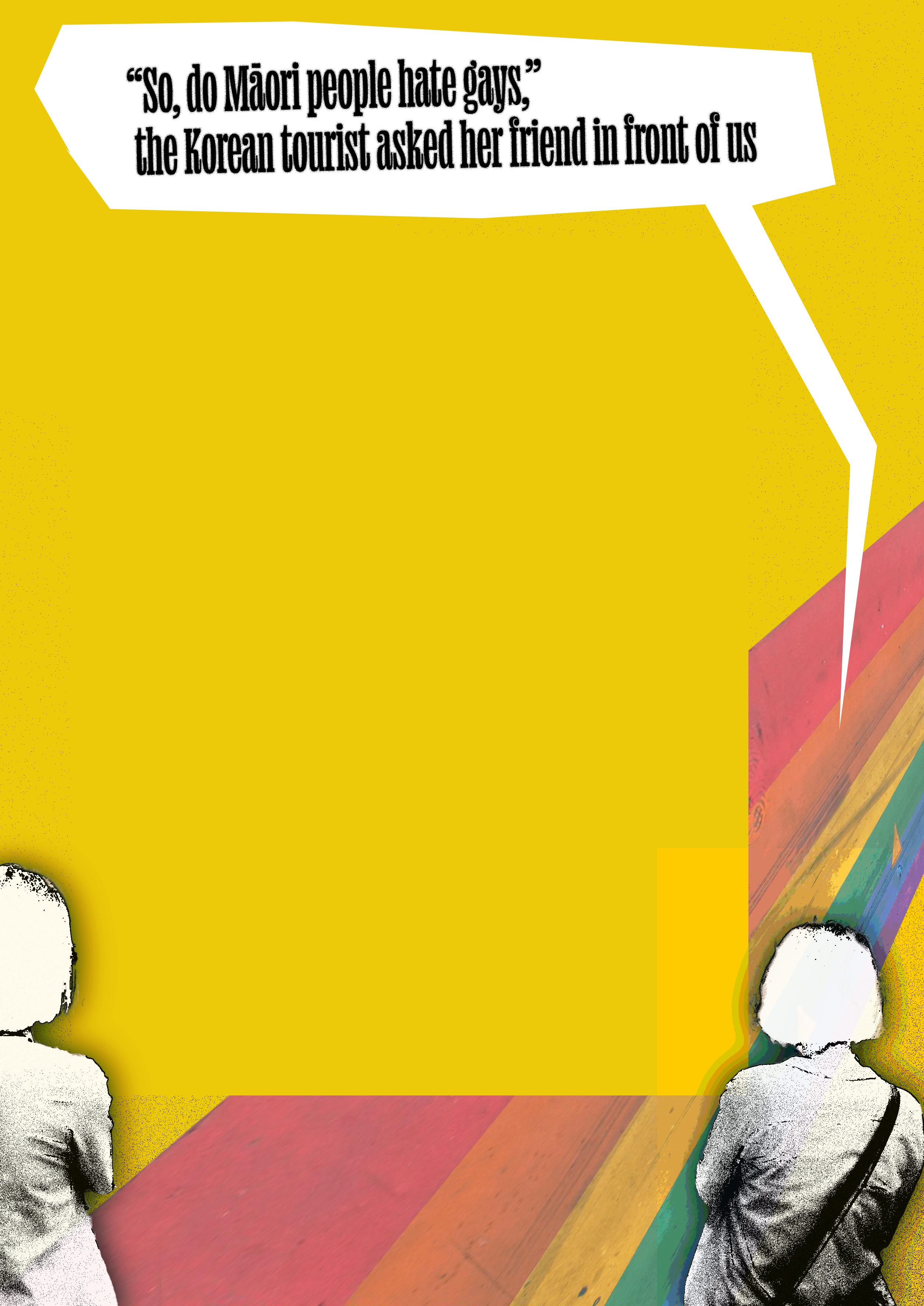


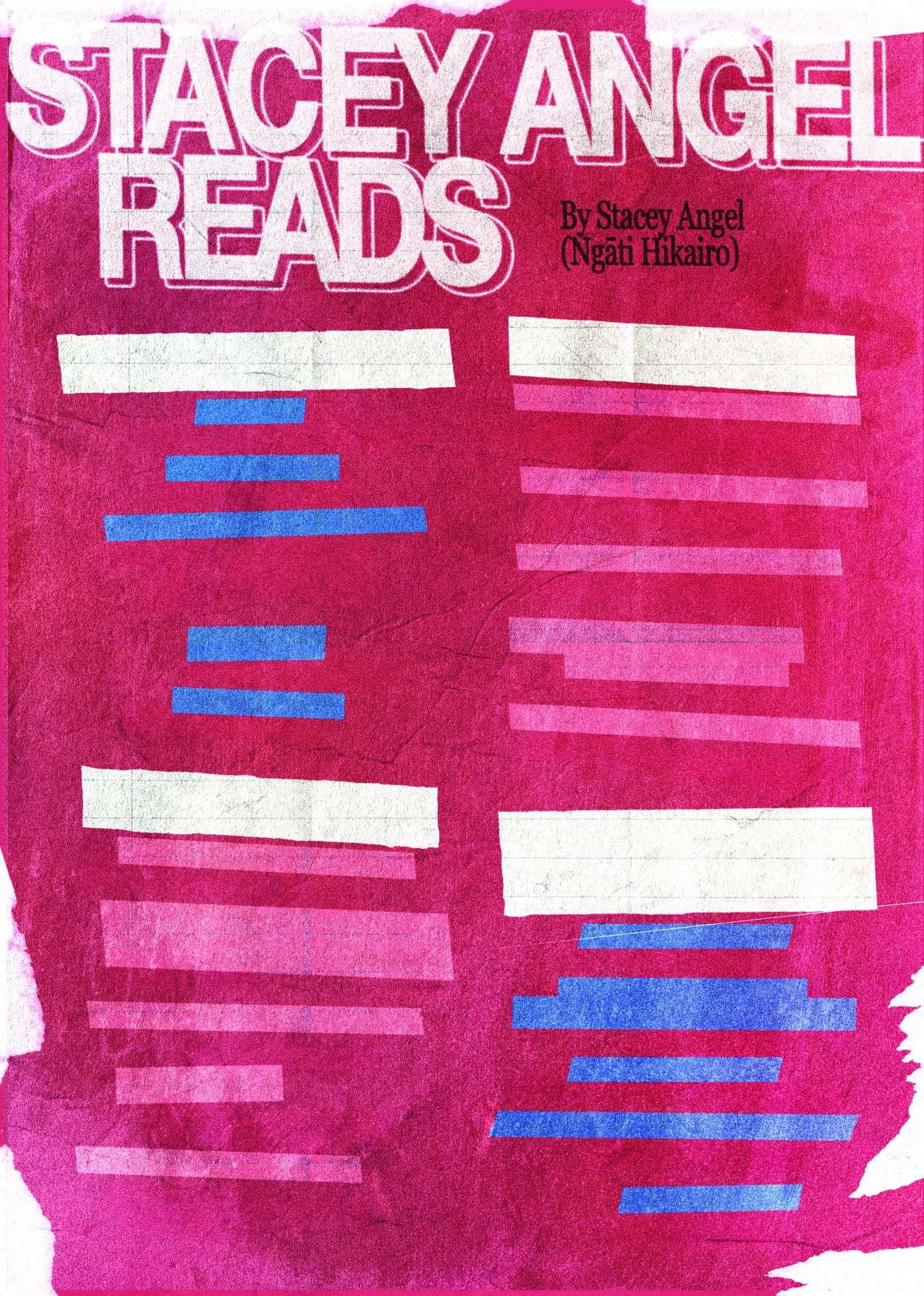

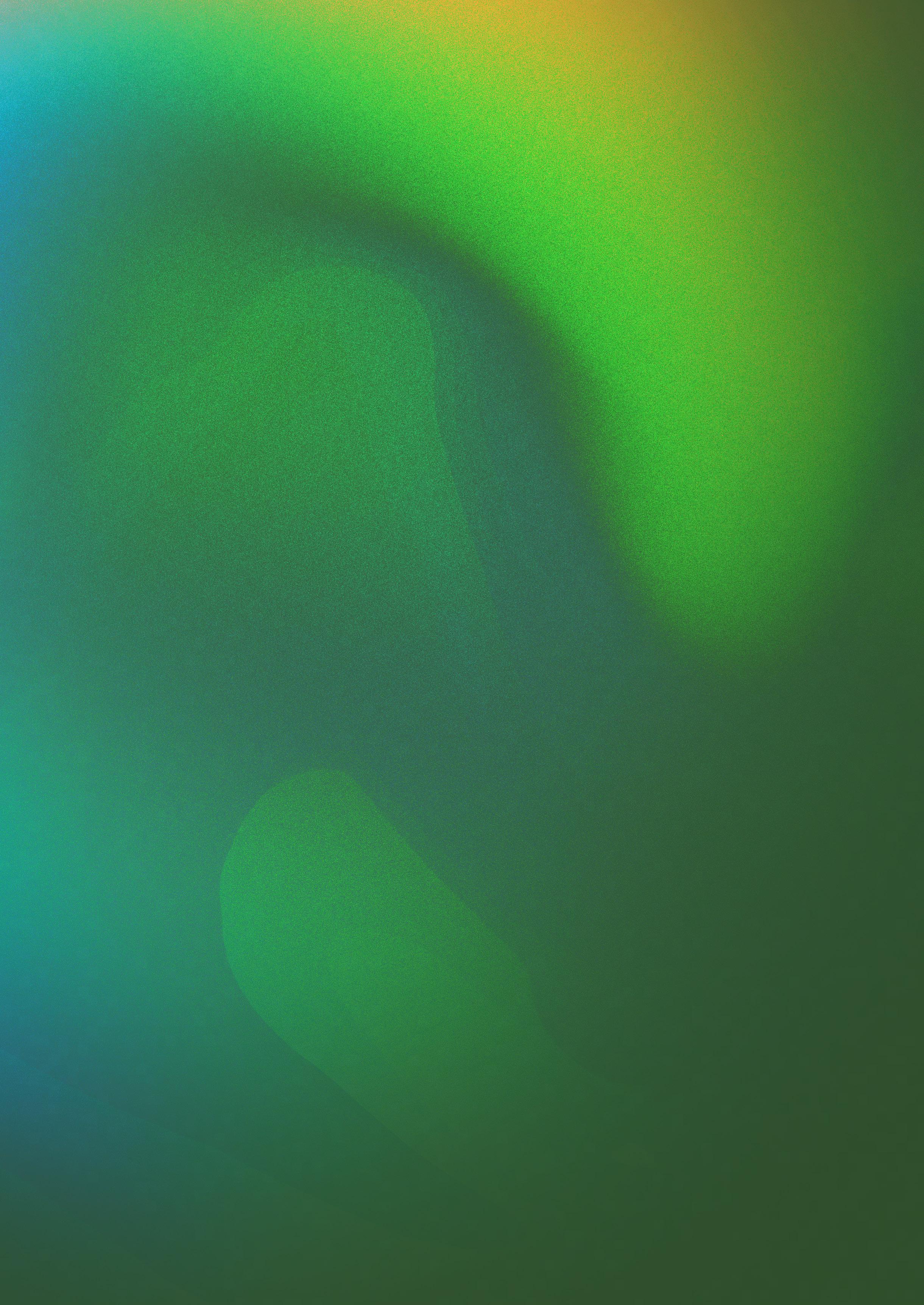
By Stacey Angel (Ngāti Hikairo)
As another year passes by and another Queerlient is set to be printed, I think of how misrepresented I am often left feeling by this issue. First and foremost, he Māori ahau. Next to this, I am the mahi I do and the kaupapa and people that I pour my heart into. I can confidently say I know who I am, but every day I feel I have to make a choice.
All my life I’ve felt there’s this ongoing, underlying imposition that you are either Māori or you are ‘gay’. For me, ‘gay’ is kind of this all encompassing label imposed on us to make it clear that ‘you are different’. Whether positive or negative, it’s this label overshadowing those things you know about yourself. Before you are Māori, you are different. ‘Gay’ always comes before anything else and if I choose to present myself this way, it becomes the first and main identifier of who I am.
In te ao Pākehā, ‘gay’ often looks one way. The depiction often presented to me is that ‘gay’ is bold, brash and central to one’s identity. Te ao Pākehā solidifies this as an identifier to be proud of and a group you can align yourself with. However, in Māori communities this is often taken a different way. Bold, brash and different seems to translate as gaudy, weird, tapu and negative. Because of this, Māori often do not want to be associated with the culture befitting these groupings. I’m not saying this is always true or that this is the way it should translate in our communities, but this is the reality I seem to find myself observing. This negative imposition that hangs around ‘gay’ fuels endless internal and external homophobia within Māori communities. There may be a number of other reasons behind this, but I have always felt the way te ao Pākehā expects ‘gay’ to look adds to this negative perception.
In te ao Māori, however, our internal understandings and ideas of ‘gay’ still aren’t perfect. I often find myself thinking of the double standards we hold depending on your gender. Most prominently today, with Angitū and the Aunty Pere’s of the world, we are seeing how so many spaces have become accepting of our tāne who present with a feminine āhua. I see more and more of our tāne perform in wāhine lines for their kapa haka rōpu, or wear press ons and get lash extensions with the girls. This is a beautiful thing and something I am proud of us for. It is important to note this acceptance doesn’t reach all of our tāne who may fall under this umbrella of ‘gay’, but I truly feel we are making a great start. There is still mahi to be done to keep our tāne safe and make the whole world a place they can be themselves, but this growing acceptance isn’t going unnoticed.
I bring up our tāne to then turn to our wāhine - we have a different experience again. There’s no special place on stage at Matatini for wāhine who feel they identify differently. We stay in the wāhine lines and do what we are supposed to do. On the marae it's usually hush hush about the two aunties that are together. It always feels to me like everything is different. You are othered but not in a special or positive way. The empowerment we see directed towards our tāne doesn’t translate for our ‘gay’ wāhine. You are just different. You are just weird. Encompassed in that, there’s a relief when us wāhine end up with tāne. For those of us who have a choice over which gender we want to be with, choosing the ‘normal’ way of doing things is celebrated, particularly when in the past you may have chosen differently. Whether the ‘normal’ choice makes you happy or not, whether or not it’s what you truly want, whānau Māori are often so relieved by the simple fact that you are now complicit. It’s easier for you and your whānau if you are just ‘normal’.
I wanted to close with some kind of solution to this problem, but I find myself left with none. I would never want to suggest change for te ao Pākehā where ‘gay’ is accepted as bold, brash and central to identity. But this narrative just doesn’t fit my people. It’s also not helpful and does not solve anything to suggest that my people just accept bold and brash - like I said, it just doesn’t translate. All I feel I can really do is sit with my hopes and aspirations and admire the Pere Wihongi’s of the world and the whānau who are deciding to accept this. But I am left with uncertainty about what the world ahead could look like. Maybe it’s up to us to decide that it is empowering to fall under this idea of ‘gay’, but I have no idea how.
In this transitional period where I am going from rangatahi to pakeke, from cousin to aunty, I am still trying to learn how to identify where I can fit in. I’m still trying to find ways to identify with people in the media and feel represented or seen as someone who is more than ‘different’. I’m still forever choosing which side of myself fits best where, and sadly, at the end of the day it’s easier to keep quiet about the things that turn you into the ‘other’. I am Māori, and that’s something people know me as, but there’s this other thing there too. I am going to keep picking and choosing what I say and where, and that sucks, but it’s honestly self-preservation to allow me to be who I want to be. I foresee another year where the Queerlient and my own community doesn’t recognise us, but we are here fighting an almost opposite battle to be ourselves too. Recognised by our Pākehā counterparts or not, there’s still work to be done.
By Te Rina Ripi (Ngāti Maniapoto)
Riley traced small circles on Charlie’s thigh with his thumb. Charlie twitched and pulled a face at him. What if one of the others had seen?
The group had gathered that morning, hungover, bruised, and ravenous, as was tradition after one of their infamous horsey nights. They huddled around the bench near the uni, clutching greasy food and retelling exaggerated war stories. Charlie and Riley had their own tale, but it wasn’t one they could share.
Charlie and Riley had been best friends for years. Not long after they turned eighteen, they moved in together. Not long after that, Riley finally admitted his feelings for Charlie.
At the time, Charlie had laughed, thinking it was a joke. Riley never talked about his love life, so maybe it wasn’t so surprising. But what shocked Charlie most was how Riley had always seen him. Not just as he appeared, but as he truly was. Riley had known Charlie wasn’t into women long before his confession.
Since then, Riley hadn’t changed, and Charlie loved that about him. They became each other’s safe space. Over time, that space only grew brighter. But recently, Charlie had started to feel stuck –questions he wasn’t ready to answer bubbled up.
Charlie wanted to start taking the relationship more seriously, and that would mean their friends would inevitably find out. They had lived happily enough keeping their relationship quiet, but with that came the worry: would their relationship change? Could it survive? Charlie felt caught between the comfort of familiarity and the pull of authenticity. The idea of telling their friends felt both liberating and terrifying.
“Where did you two go?”
Charlie tensed at Harry’s question. Harry. Of course. Shut the fuck up, Charlie thought. But everyone turned toward them with curiosity.
Harry was arrogant and oblivious, everyone knew that. The number of girls he tried to flirt with usually picked up on it quickly. He was often the butt of their jokes.
“Yeah, did yous just go home?” one of the other boys chimed in.
“Yeah, where else?” Riley replied casually. “We left and grabbed a feed. I wasn’t really feeling it last night.”
Charlie nodded in agreement, grateful for Riley’s usual social finesse, until his next comment.
“Why? You jealous I took someone home and you took home a hangover?”
The group burst into laughter at Harry’s expense.
Charlie laughed too, but not as hard. Charlie felt there was something underneath the joke. Was that a teasing comment for Charlie, just as much as it was for Harry? Riley didn’t usually put Charlie on edge. Was he just bored and pushing boundaries? Was their relationship more fragile than Charlie thought?
Then Riley's foot slid over and gently wrapped around Charlie’s under the table. He looked over and gave him that look; warm, sure, grounding. The safe space was still there. Just like always.
And in that moment, Charlie let go of the worry. At the end of the day, they were best friends.
At home, the pair had settled into the lounge, scrolling through their phones. Although Charlie had felt some relief after the earlier conversation with their friends, the lingering questions refused to quiet down. Still, there was a new clarity taking shape, an affirmation of how Charlie felt, anchored by the safe space they shared.
If this was the thing that might break them, maybe it was a bullet dodged. Charlie couldn’t keep hiding this part of himself. The secrecy was festering, turning sour. More than that, it was unfair to Riley.
The words rose up slowly, like a weight on a string. But when they finally broke free, they came out more like a squeak than a statement.
“Hey, Riley.”
“Yeah, Charlie?” Riley didn’t look up, still absorbed in his phone.
“I was wondering how you’d feel if we told the others… about us. Obviously.”
Riley paused, then looked up. He set his phone down and shifted to face Charlie.
Charlie searched Riley’s face, but he was unreadable. No smile, no frown. Just stillness. Charlie’s chest tightened.
“I’m scared, oi. I’ve been scared. Scared of losing our friends, of making you uncomfortable, of losing you. And then today. Harry, fucking Harry. When he asked where we’d gone, and when you responded…”
Riley’s brows knit together. “Wait…is that what had you on edge today? What I said?”
Charlie nodded. “Yeah, a little. Was I acting weird?”
“Yeah,” Riley said, cracking a small smile. “I was starting to worry I’d made you uncomfortable. Or… that maybe you were losing interest? Like you kept twitching when I tried to touch you”
He hesitated, fumbling for words. “Fuck, oi, I didn’t mean to make you feel like that. I guess… I’ve been wanting the others to know too. I just didn’t know how to bring it up.”
Charlie leaned into him, pulling him into a tight hug.
“As for the others, lowkey I'm not worried. You’re who I need,” Riley spoke softly, “I've been right here. I love you. All of you. Authentically you.”


Roger Blackley, a member of the Auckland Gay Liberation Front, wrote the above words around 1972. They are an excerpt from a longer piece titled “The Makeup is Cracking,” written by Blackley in response to Black lesbian-feminist Martha Shelley. He copied the first lines from Shelley’s iconic 1970 “Gay is Good” manifesto, where she announced the dawn of a new age of queer radicalism.
Blackley’s own additions, however, are the most fascinating. Blackley paints a vibrant picture of Tāmaki Makaurau’s queer landscape in the early 1970s, from the Shakespeare – a restaurant which still stands on Albert Street – to Karangahape Road (“K’ Road”). Blackley firmly situates gay liberation as being a part of Aotearoa’s local queer communities. He doesn’t just write about gays and lesbians – he writes about queens, butch dykes and gender non-conformists whose “sex is not readily apparent.” This was not a cisgender movement. As Blackley confirms, trans people were central to local gay liberation.
Many people have heard of the 1969 Stonewall Riots in New York, the famous supposed “birthplace” of gay liberation and pride. Stonewall was important, but these American events often overshadow Aotearoa’s own beautiful, powerful and radical queer histories, which can teach us so much about what it means to persist, to resist oppression and continue the struggle for liberation.
When thinking about Aotearoa’s queer histories, it is important to always begin with the understanding that before colonisation, takatāpui – Māori of diverse genders, sexualities, and sex characteristics – were an accepted part of society (I highly recommend Dr Elizabeth Kerekere’s PhD thesis, ‘Part of The Whānau: The Emergence of Takatāpui Identity - He Whāriki Takatāpui’ to learn more). Repressive laws and attitudes, brought to Aotearoa by European colonisers, were not just a side-effect of colonisation, but a mechanism of colonisation, a way for colonisers to suppress te ao Māori and impose colonial, capitalist hierarchies.
In the face of this colonial anti-queer oppression, queer people continued to exist and resist. By the 1960s, disparate queer networks had become consolidated communities. Queer people gathered in particular pubs and cafes, and developed a coded language that enabled them to communicate in secret. People of a variety of genders and sexualities during the 1960s referred to themselves as “kamp.” They used “kamp” in a similar manner to how we use “queer” today; it signalled a sense of collectivity, a shared understanding that they were bound together as outsiders.
In Pōneke, one well-known kamp hotspot was the Sorrento, a night-time café. There, dazzling queens with wigs piled high danced cheek-to-cheek with butches decked out in shirts and ties. The Sorrento’s manager was renowned whakawāhine Chrissy Witoko. Witoko was famous for her outrageous outfits – including once using a spider crawling over her all-white outfit as a living “brooch” (!) – and her no-nonsense approach to would-be queer-bashers, “thumping” them before they ever got a chance to do harm.
In Witoko’s venues, kamp communities could thrive. A lesbian-feminist named Tighe Instone recalled that one time, in the early morning hours, all the Sorrento’s clientele hopped “in a great long line hanging on around the waist of the person in front of them, all singing and dancing up one side of Ghuznee Street and back down the other.” Queer life was not always one of silence and isolation; it could also be a life of fun, friendship, and community.
Kamps in the 1960s may not have been marching down the streets with placards or sending petitions to Parliament, but they were undoubtedly, profoundly political. Through choosing to come together as queers in specific spaces, to share knowledge with one another, to speak the same language, to care for one another and defend one another, kamps were ending the crushing isolation of queer oppression. By building, sustaining, and defending kamp communities, they created the possibility for group consciousness.
Kamp communities laid the foundation for gay liberation and lesbian-feminism in Aotearoa. The first local gay liberation group was founded at Auckland University in 1972 by Ngāhuia Te Awekōtuku and her kamp friends. Te Awekōtuku had long felt the need for a queer activist group. She had been part of kamp communities for many years, but her comrades in anti-war and feminist activism criticised her for being so open about her sexuality. So, in 1971 Te Awekōtuku applied for – and won – a scholarship to study in the USA, where she planned to research gay liberation and Red Power. But, on 15 March 1972 – only two weeks out from her proposed departure date – she discovered the American consulate had stalled her visa because she was a known “sexual deviant.”
Outraged, she stormed down to the Auckland Uni lunchtime forum and gave a fiery speech, challenging her fellow queer students “to stand up and be counted.”
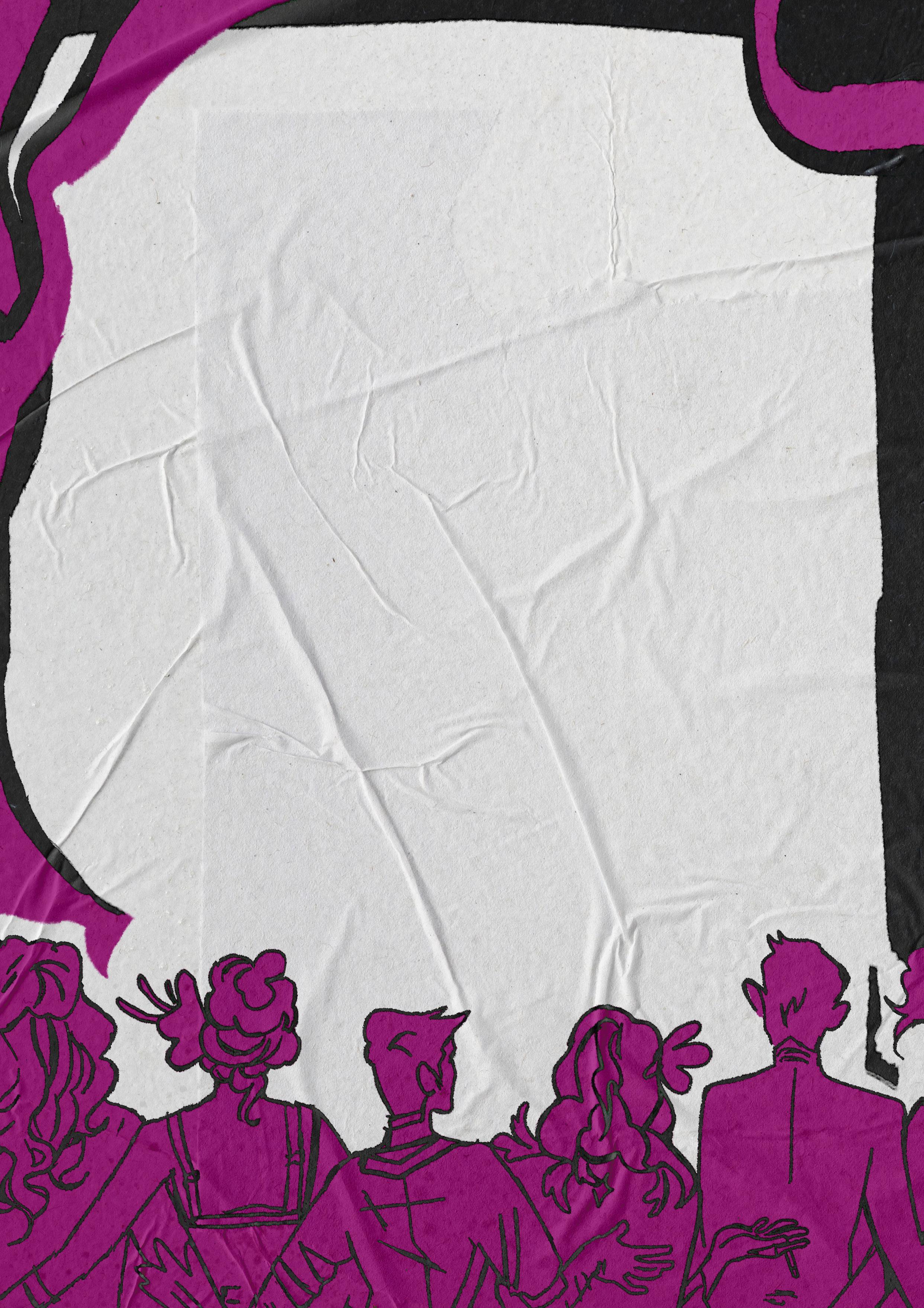
The Auckland Gay Liberation Front was born. Early meetings were attended by a very diverse crowd – including “transsexuals and tranvestites” – who together decided to adopt “gay” as their collective term. Their manifesto, informed by Marxism and feminism, declared that their “long-term goal” was to “rid society of the gender-role system which is at the root of our oppression.” Since sexism was so embedded in colonial, capitalist society, gay liberationists believed that liberalism and law reforms were ultimately ineffectual. Only a revolution – where gay liberation connected with Māori sovereignty, socialism, feminism, and environmentalism – could bring about “sexual self-determination” for everyone.
The Auckland Gay Liberation Front’s first months were a whirlwind of protest. Because shame and the threat of violence and discrimination had kept queer people closeted, the key strategy for gay liberationists was public demonstration, which meant sit-ins, rallies, and street theatre.
Sandy Gauntlett, a trans feminine non-binary person, was an early member of the Auckland Gay Liberation Front, and I had the immense pleasure of interviewing her in 2022. Her favourite Auckland Gay Liberation Front protest was a “kiss-in” at Aotea Square. She told me: “We were having a good ol’ kiss-in, when the diesel dykes started kissing the men, and the men started the trans, it was just hilarious! Everyone got freaked out!”
In 1973, Gauntlett moved to Rotorua and established the Rotorua Gay Liberation Front. Operated single-handedly by Gauntlett, she corresponded with over 100 locals, helping queer people feel less alone, and making sure the public were aware that queer people existed everywhere. In the group’s magazine, Defiance, she wrote about how those at “the extremes” of gender, “the drag queen and heavy, butch dykes,” were often looked down upon by other queers for failing to conform to “acceptable Gay behaviour.” And yet, it was these same people who “were the very first Gay martyrs”: …years before most of the rest of us were even daring to come out of our closets… before GLF was even thought of…these liberated brothers and sisters were helping to draw public attention to the plight of the homosexual. Are we not ourselves being repressive if we refuse to acknowledge these individuals and all they have done for our cause?
From the kamps to the gay liberationists, it is clear that trans and gender diverse people have always been integral to gay and lesbian life and politics. In a moment where trans people are facing unprecedented attacks, where a very small but very vocal minority of cisgender gays and lesbians are rejecting community with trans people, these histories remind us of the power of solidarity. The huge array of queer communities which live in Aotearoa have never been discrete, but instead deeply, materially intertwined. In the coming years, may we honour Aotearoa’s queer histories by working together. We have always been strongest when we have stood shoulder to shoulder.
ON JULY 18

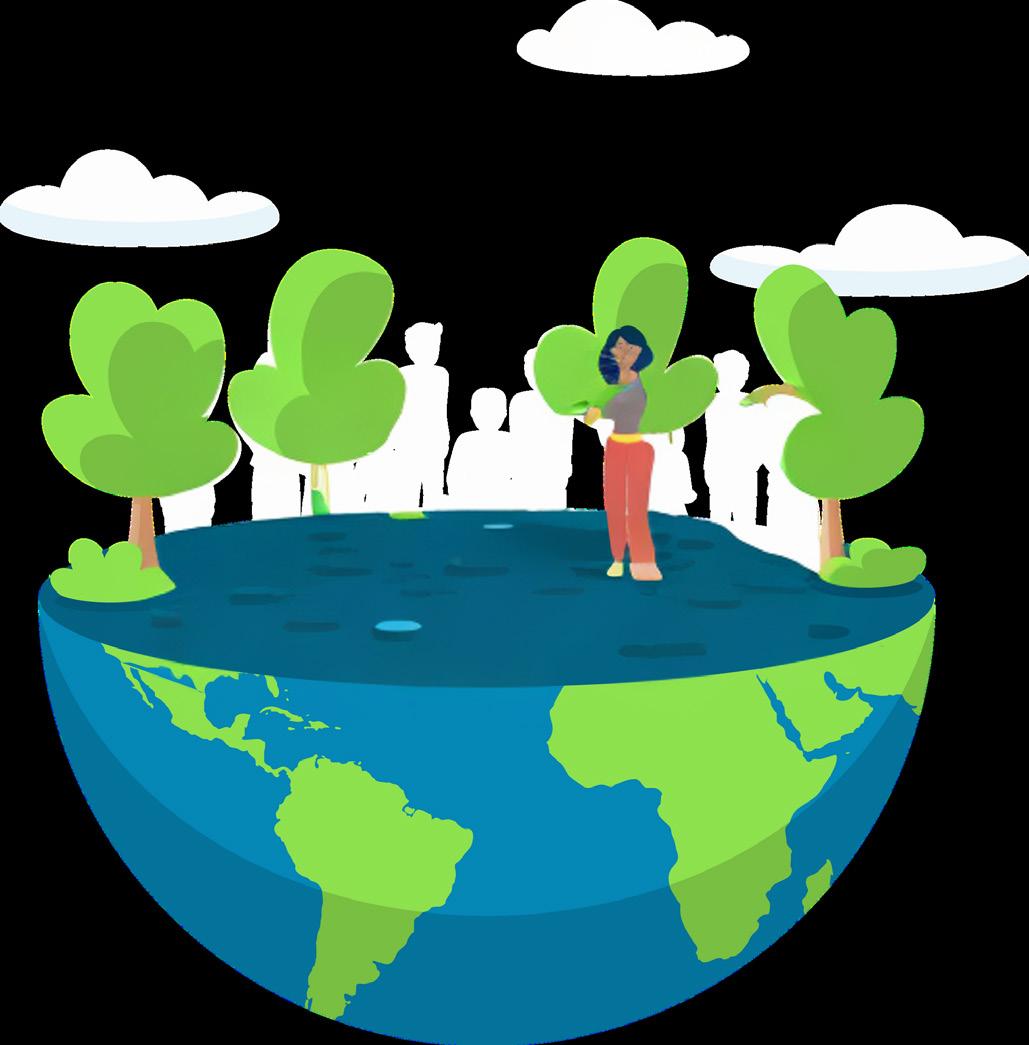
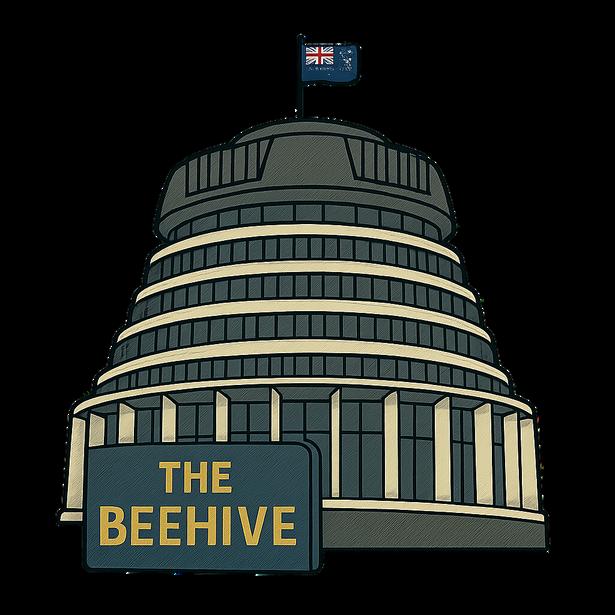
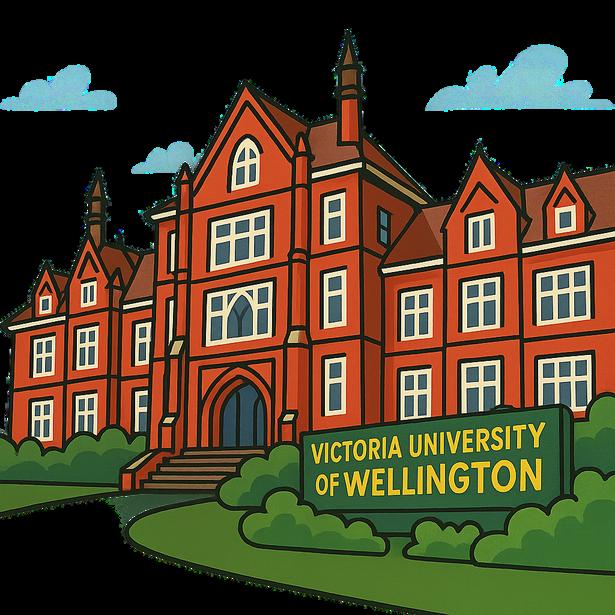

REGISTRATIONS ARE OPEN - DONT MISS OUT!
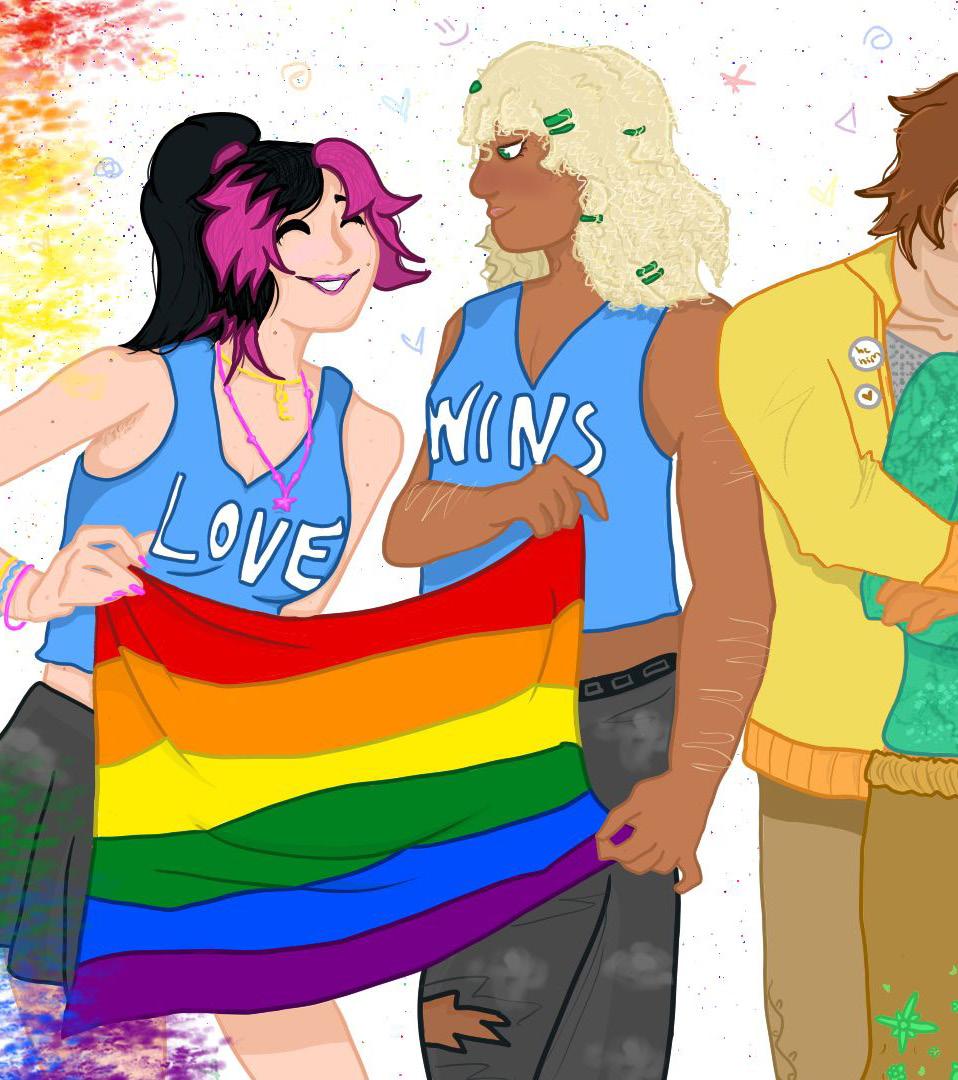

Artists have it rough in Pōneke. Knowing this all too well, Autumn/Ngahuru (they/ ia) channels their love for photography into fabulous photoshoots for their fabulous friends.
Demanding your hearts, minds, and adulation, recent VUW alum and drag king King Markiss (he/him) lords over the adoring people of Pōneke as their eminent philosopher-king.
Centrefold:
This week’s centrefold is by Miles Yuile.
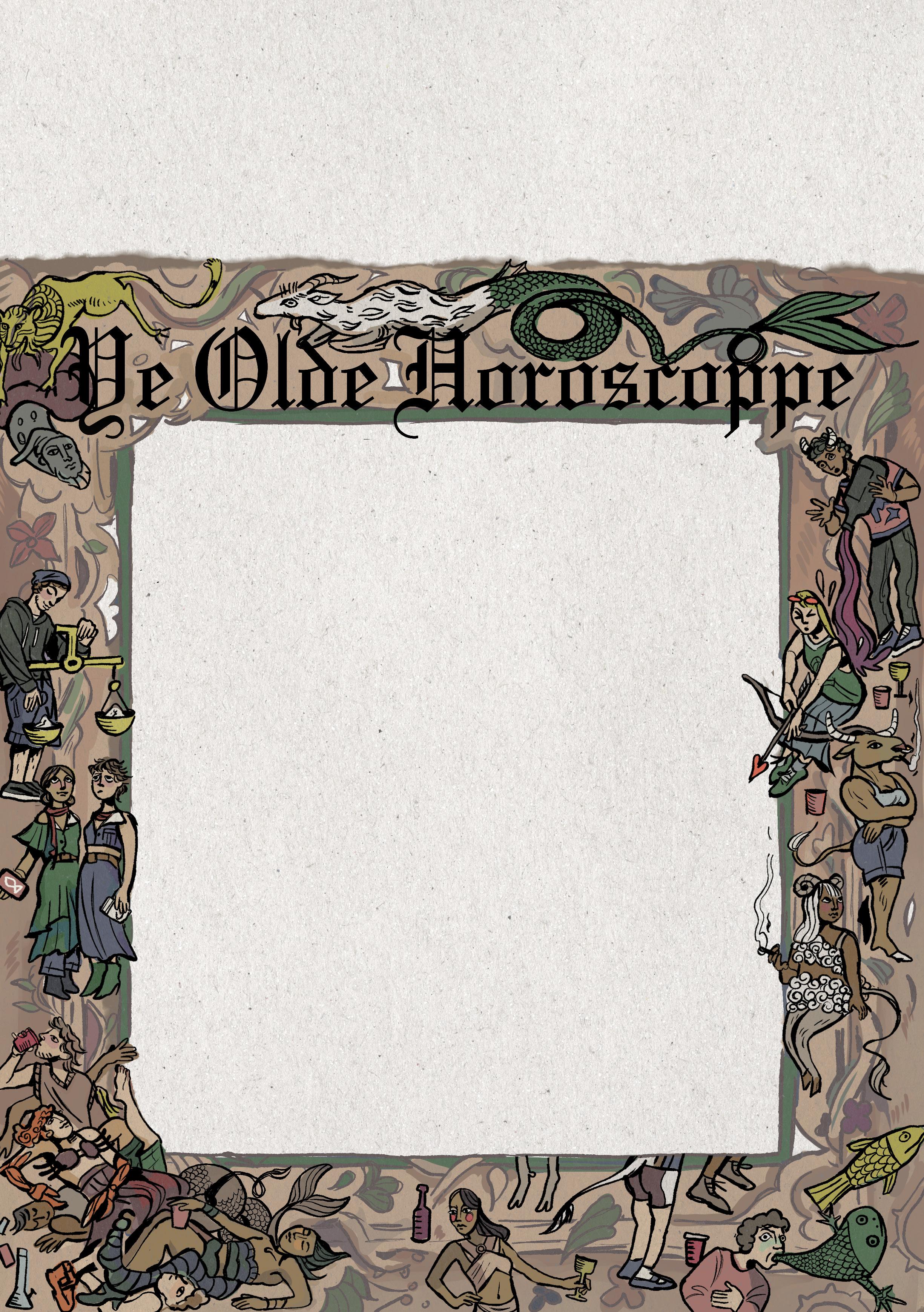
Honesty never hurt anybody. That thing you’ve been keeping in is better when it’s said out loud. Stand up for your gut feeling, tell the truth.
Patience is a virtue. It doesn’t all need to work out in the next five minutes. Take a coffee break. Trust me, the world will keep spinning.
Stick to those loosely made plans! Stop backing out or half-committing to ideas and adventures. You never know what will happen if you don’t go for it.
The universe is calling to you to give yourself time to rest, self-reflect but be wary of drifting into isolation.
It’s time to be the rebel. Abandon your routine or traditional nature, even just for a day. Try something creative and spontaneous. You’re only this young once.
Feelings aren’t the big bad wolf. Maybe try touching some grass and being honest with yourself about those emotions.
A new friend is on the horizon! Be open to new connections, pick a different seat in your lecture hall, take the long way home! You never know when you’ll meet someone who will change your life.
It’s time to grind! Pursue success through balance and grit, avoid any rash decisions, stick to what you know.
Life is more peaceful when you’re not stuck in your head. Nobody thinks about you more than yourself - be your own bestie this week.
Chill out! It’s the first week of Uni and you’re already losing your cool. Prioritise a walk here and there, no bedrotting to cope.
Such a busy bee as of late! Learn to balance the many aspects of your life, try to divide your attention between the things you enjoy as evenly as you can.
You’re starting to notice repetition in life's circumstances, this is a sign to change existing patterns and rejoice in the newness of discovery.
Wellington - gay, artistic, expensive. Nothing sums up the city like a series of tattoos in places you’ll hide from your mother. In a city of tattooed people and tattoo people, how do you know where you can request the permanent inking of the ‘straight is great’ shirt from But I’m a Cheerleader onto your forearm, in an ironic way? How do you get a ‘gay ass’ shoulder piece without falling into the trap of 2013 rainbow feathers that will fade unevenly, equals signs (Ed Sheeran stan over here), or an italic quote from Heartstopper that’ll blow out, leaving you with a blob that was once the vaguely cringey but sweet affirmations of Nick Nelson?
Buttercat
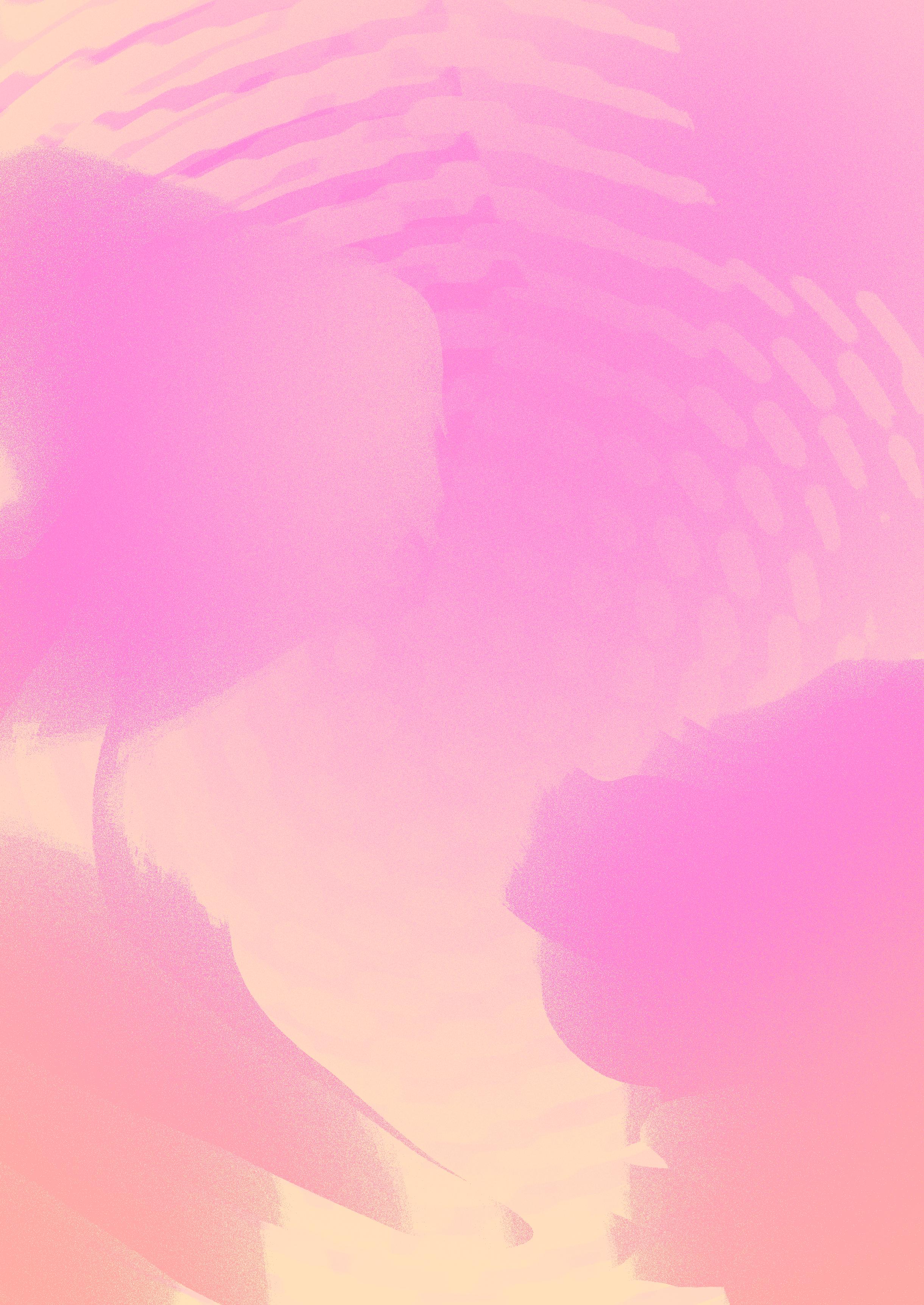
Dr Morse
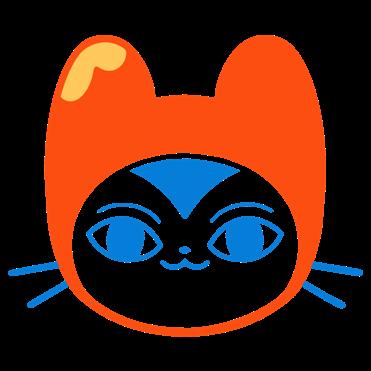

Studio Seaweed
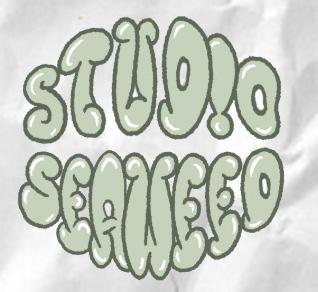
Union Tattoo
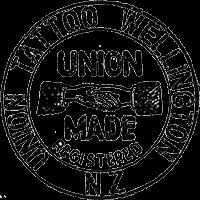
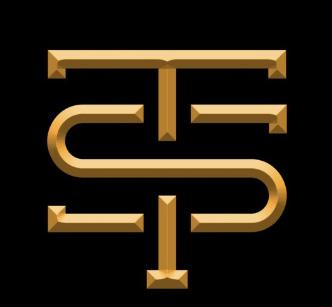
You could rely on the good old house party stick and poke, but if you don’t want tetanus, there are other choices. Pretty much every studio in the city will be a solid bet, but with over 40 tattoos from most studios (as well as some random artist working out of a horse cart), I’ve compiled a list of studios and Instagram handles that’ll keep you safe physically and emotionally.
Gayest of the gay with an iconic showing at Cubadupa each year. I’ve been tattooed by every (maybe not, my memory is failing me as I approach mid-20s) apprentice, and their work hasn’t failed me yet. They are shifting sites, so watch out for that before stumbling down Left Bank.
You walk in, on one wall there’s an American pin up Dolly Parton style pinktassel fringed wall tapestry of one of the artists. On the other, a collectors display case of old transformers and comics, a lounging sofa, and a wall of cat flash. Also, the sweetest studio manager in the city. Shout out Lou.
Heads up, the studio’s closing Jan 2026, so get in, or see them around the arts scene. Home of niche jewelry and sick prints, they love a flash day and a collab with arts collectives.
Classic first tattoo, and 10 year anniversary this year! Cute! The artists are fast, clean, and know what they’re doing - they also play classic black and white horror films from the 1920s(?) on repeat and have fun coffee mugs. Don’t drink caffeine before a tattoo though.
Hutt based studio, I haven’t been to this exact place BUT I’ve got a few pieces from one of their resident artists, and they’ve very much avengers assembled the best of the best. Also, they’re inside a tattoo museum which is just baller.
But most importantly, for all my little takatāpussies - safe and tika local tā moko practitioners, ringtā, and kiritoi. They’re hard to find, but they exist and are becoming more common - and with king of the game Mark Kopua telling transphobes to shut up (I heard it myself), we’re so awnz.
so you’ll only cry because of the blood and hours of pain
Styles: illustrative, graphic, ornamental, cartoony
Artists to watch: @junbugtattoos, @smushedavocado, @gabby.tattooer, @mr.tauntaun
Styles: versatile, large scale, american/ neo-trad, colourful
Artists to watch: @raukikini, @jamiereneetattoo, @koryn_leigh
Styles: Ignorant, sketchy (in the good way), cryptic
Artists to watch: @r.atbag, @patupaiarehe.tatz
Styles: pretty much anything you could need, but best with black and grey work
Artists to watch: @taurieslove, @wholesomeharold
Styles: large scale, detailed, black and grey, traditional
Artists to watch: @sage.tattoo, @jo.lawless.tattoos
@ngaarahuink - focuses on moko kanohi and moko kauae
@toi_tenei - large scale tā moko and kirituhi
@taurieslove - hybrid pieces, kiritoi
@raukikini - branching out into tā moko, kiritoi
Happy stabbing!
By Maia BerrymanKamp (They/she/ia), Te Arawa me Mataatua



Drag performers catch a lot of shit. We’re called mentally ill, satanic, perverts, and... bigots?
Drag performers are criticised for a lot of things, and while most are obviously false, the criticism that drag queens are misogynists because they culturally appropriate femininity is ripe for philosophical consideration. So, I want to sit with this criticism. I want to investigate what it might mean to appropriate femininity, and whether femininity is something that can be appropriated in the first place. My opinion, while largely unimportant here, is one of disagreement but understanding. So I hope you stay and linger with me, dear reader, because threatening ideas can not be ignored. They must be dissected.
Patti Tamara Lenard and Peter Balint (2019) say that cultural appropriation occurs when you take and use a valuable, but reusable aspect of a group’s culture (like a cultural practice or tradition), and you reasonably ought to know that you are taking and using this valuable cultural resource, and your taking of it is controversial. To them, it is controversial when the alleged appropriators can be said to be wronging the original group merely by using the cultural resource.
The core questions we must answer (if we accept Lenard and Balint’s definition) are (1) whether drag queens are ‘‘taking and using” cultural practices that belong to women, and (2) whether this action is wronging- in other words, committing an act that is morally wrong against- women as a class.
The primary argument brought by critics is that drag queens’ taking and using the cultural practice of feminine embodiment (i.e. dressing and looking feminine) mocks femininity, thereby misogynistically mocking women as a class. This is made worse, they say, by the fact that those engaging in the mockery enjoy a position of social domination over women.
Playwright and ex-university lecturer Dr. Grace Barnes expressed this opinion in a letter written to The Guardian. Upset with an opinion article published on the site that praised Ru Paul’s Drag Race, she claimed “drag queens take the trappings of femininity and exaggerate these to create a grotesque caricature which, at its core, humiliates women.” She goes on to say that this “grotesque caricature” is so harmful because “those holding the reins of power [men] utilise performance to mock those without power [women] through a demeaning parody” (Barnes 2024).
Her core point in this scathing letter is that drag queens miss the true nature of femininity by prioritising the explicit, perhaps less valuable, external signifiers of femininity. She says this trivialises womanhood, becoming only more harmful when the powerful use these inaccurate ‘caricatures’ to mock their subjects.
Before I criticise this argument, let’s see where she might be right. Even a broken clock is right twice a day. Drag is a highly visual art form. A major goal of a drag queen is to look like a woman. As such, it becomes the goal of a drag queen to emphasise stereotypical feminine features so that when we see her, we think she is meant to be a woman. No one thinks Trixie Mattel looks like a ‘real woman’, but from her huge eyelashes and perky breasts we can tell she wants us to look at her and think ‘woman’. Barnes is right, then, to say that drag queens take and exaggerate the trappings of femininity. An anonymous contributor to TERF (TransExclusionary Radical Feminist) internet forum Women’s Rights Network echoes this point, saying
“we’re told that drag subverts gender norms, [...] challenging gender norms and stereotypes. But what we see performed so enthusiastically embraces and exploits pornified stereotypes and takes them to another level. Drag queens act out the very stereotypes they claim to dismantle”.
In a limited sense, this contributor is right. Some drag queens do lean heavily into ‘pornified’ stereotypes of femininity, throwing themselves onto a stage three-quarters naked with a bouncing breastplate. They ‘subvert’ femininity by embodying a standard and harmful form of it. Cis men have naturally lower body fat percentages than women, too, and since a silicone breastplate and hip pads can never go saggy like natural hips and breasts, male drag queens can conform to the impossible female beauty standard with far more ease than a cisgender woman can.
Before I critique this argument, I want to say that I think this argument comes from a genuine place. I think

the people who make this argument genuinely feel insulted or slighted when they see a drag queen. Even I feel insulted by some drag queens’ portrayal of femininity on occasion (in particular, Spice’s tragic portrayal of Miley Cyrus on Ru Paul’s Drag Race). We can not control these emotional reactions.
What we can control, however, and where these critics get it wrong, is the equation of feminine embodiment to women as a class (think back to question 1 in the introduction). Think about it: if drag is insulting to women because drag misrepresents femininity, and drag misrepresents femininity because drag queens neglect large components of womanhood, then the implication here is that femininity is womanhood- to be feminine is to be a woman to be a woman is to be feminine.
This connection isn’t necessary, is it? Feminine embodiment and the female identity are separate. Women do not simply cease being women when they put on a pair of pants and fix a car (or, to re-state the slogan so often misused by transphobes, a man does not become a woman when he puts on a dress). In fact, dictating that this connection between femininity and womanhood is strict and necessary- that any misuse of femininity is itself an attack on women- upholds sexist norms that keep women chained to feminine beauty and behavioural standards. Makeup, thinness, domesticity, beauty, etc.
Nonetheless, femininity and womanhood are closely connected in practice, and insisting on their separation only gets us so far. Comedian and drag critic Kirsten Anderberg complained in 2006 that the feminine embodiment drag queens were so excited to ‘celebrate’ were
“the things I have shunned as part of the ancient ‘cult of womanhood,’ all the superficial, commercialized, and fake aspects of ‘femininity’ that I have fought to be freed from.” (Cohen 2019).
Indeed, the bulk of second-wave feminist scholarship argued that traditionally feminine practices- makeup, weight loss, beauty, sexual desirability and more- are themselves tools of oppression (Bordo 2003, 169; 172). They are the chains of many women, so while they can be worn by others, it is ignorant to assume women don’t have some special relationship to it, however small.
Now we turn to answering question (2). Even if drag queens are ‘taking something that belongs to women’ (femininity) in their performance, the question still remains as to whether this act of taking commits a morally wrong act against women as a class. We turn, then, to considering the behaviour of drag queens. The anti-drag critic’s case here is that, even if drag queens don’t take something that ‘belongs’ to women, when they get on stage they mock women through their performance and mannerisms. Using the cultural language of performance, a drag queen will communicate ‘I am a woman’ or ‘I am feminine’ by acting hypersexual, like a bimbo, like a model, and nothing else. This shallowness, these folks would say, reinforces negative stereotypes about women, rather than challenging them. Anderberg made this complaint, pointing out that when drag queens think ‘I am going to act like a woman’, they decide to act hypersexual, “giddy,
stupid, shallow”. This doesn’t seem to challenge hierarchical gender roles at all, does it?
Many critics also point to the language used by drag queens to say that their performance, rather than being a one-off mistake, represents a deep-held misogyny. For example, insistent use of the word ‘fishy’. This term, while not invented by drag queens, is used to describe someone who looks so much like a ‘natural woman’ that you can smell her vagina. It calls women unclean, associating womanhood and women not just with our genitals, but with dirty genitals. Often, the only people calling out this misogynistic language in queer spaces are AFABs (Duncan 2022). ‘Fishy’ is the most egregious example (alongside the physical ‘joke’ of a drag queen indicating disgust at the smell of her vagina), but some feminists, considering these terms to be slurs against women, also take issue with drag performers’ use of terms like ‘cunt’, ‘cunty’, ‘bitch’, and more. They say these terms aren’t for cisgeneder men to ‘reclaim’, but cisgender women’s.
In my radical feminist theory opinion, these criticisms are strong. In my grounded drag performer opinion, these criticisms are misguided. It does piss me off to see drag queens constantly act like bimbos, mock pregnancy, periods, and the smell of vaginas, even if it is part of their ‘character’. If you can’t serve ‘woman’ without relying on actively harmful stereotypes about women- our intelligence, our sexuality, our competenceyou need to reassess your drag persona entirely. You need to reassess your beliefs about women.
Drag as an art form, still, is not an inherently misogynistic one. Like every art medium we enjoy, individual artists can let misogynistic beliefs seep in. Photography is not a misogynistic art form because some male photographers are obsessed with photographing naked women. Theatre is not inherently racist because it was used for so long as a vessel for racism. That is my first response to this criticism. My second, and connected, response is that the people who make this criticism have not seen a lot of drag. The majority of drag queens do not act “giddy, stupid, and shallow”. They dance like regular people dance at a club (sometimes better!), and they often act like themselves in real life. Many drag queens have a great reverence for women, and this translates into their performances. I think anti-drag feminists have this opinion simply because they have not seen much drag at all. Their aversion to drag is what causes their ignorance, and their ignorance causes their aversion. While some drag queens’ performances reflect misogyny, that is a consequence of their misogyny, not a consequence of the medium of drag.
I want to close this analysis by bringing attention to the innumerous transgender drag queens who have come to realise that they are women. The medium of drag has made many queens (including my dearest drag mother, grandmother, sisters, and friends) realise that femininity and womanhood makes them feel like themselves- it makes their body feel like home. I think this reinforces the two core points I have tried to make in this analysis.
First, that femininity and womanhood enjoy some special connection. Through engaging in feminine practices traditionally connected to womanhood, people came to realise that they didn’t just like those practices, but that they are women. This connection is not necessary, but it is strong. Therefore, it is quite reasonable indeed to expect drag queens to pay respect to the people who have a special connection to the cultural practices they adopt in their performances. Along this line, our beloved cis male drag queens need to be aware of the privilege they have in being able to take off femininity- to merely put it on as a costume- and to not live under conditions where feminine embodiment is a daily and mandatory practice.
Second, the transwoman drag queens in my life demonstrate that drag is not a misogynistic mode of performance. If drag queens did drag because they wanted to ridicule women, they would not begin the arduous and dangerous process of transition in order to make themselves seen as one off stage. The oppressor does not want to become a member of the class they oppress. In fact, they do everything they can to separate themselves from them!
In the end, I don’t think anti-drag feminists are evil for being bothered by drag in the ways I have described here. Their right to be bothered, though, does not supersede the right of drag queens to exist in public, for two reasons. (1) Femininity does not exclusively belong to women, and (2) whether one’s performance of femininity is misogynistic can only be determined on a case-by-case basis, as it is not a necessary feature of drag to act “giddy, stupid, shallow”. I’d recommend the drag haters go to some more shows to see just how diverse, enriching, and empowering drag can be.
Barnes, Grace. 2024. “Drag: a Sexist Caricature, or a Fabulous Art Form?” The Guardian, April 7.
Bordo, Susan. 2003. Unbearable Weight: Feminism, Western Culture, and the Body: 10th Anniversary Edition. Berkeley: University of California Press.
Cohen, Liz. 2019. “From Drags to Bitches: The Implications of Mainstreamed Drag Culture on Women.” Medium, June 12.
Duncan, Charlie. 2022. “Victoria Scone Calls out ‘Misogyny’ in Drag on Canada’s Drag Race: Canada vs the World.” Pink News, November 28.
Lenard, P. T., and Balint, P. 2019. “What is (the wrong of) cultural appropriation?” Ethnicities 20 (2), 331-352.
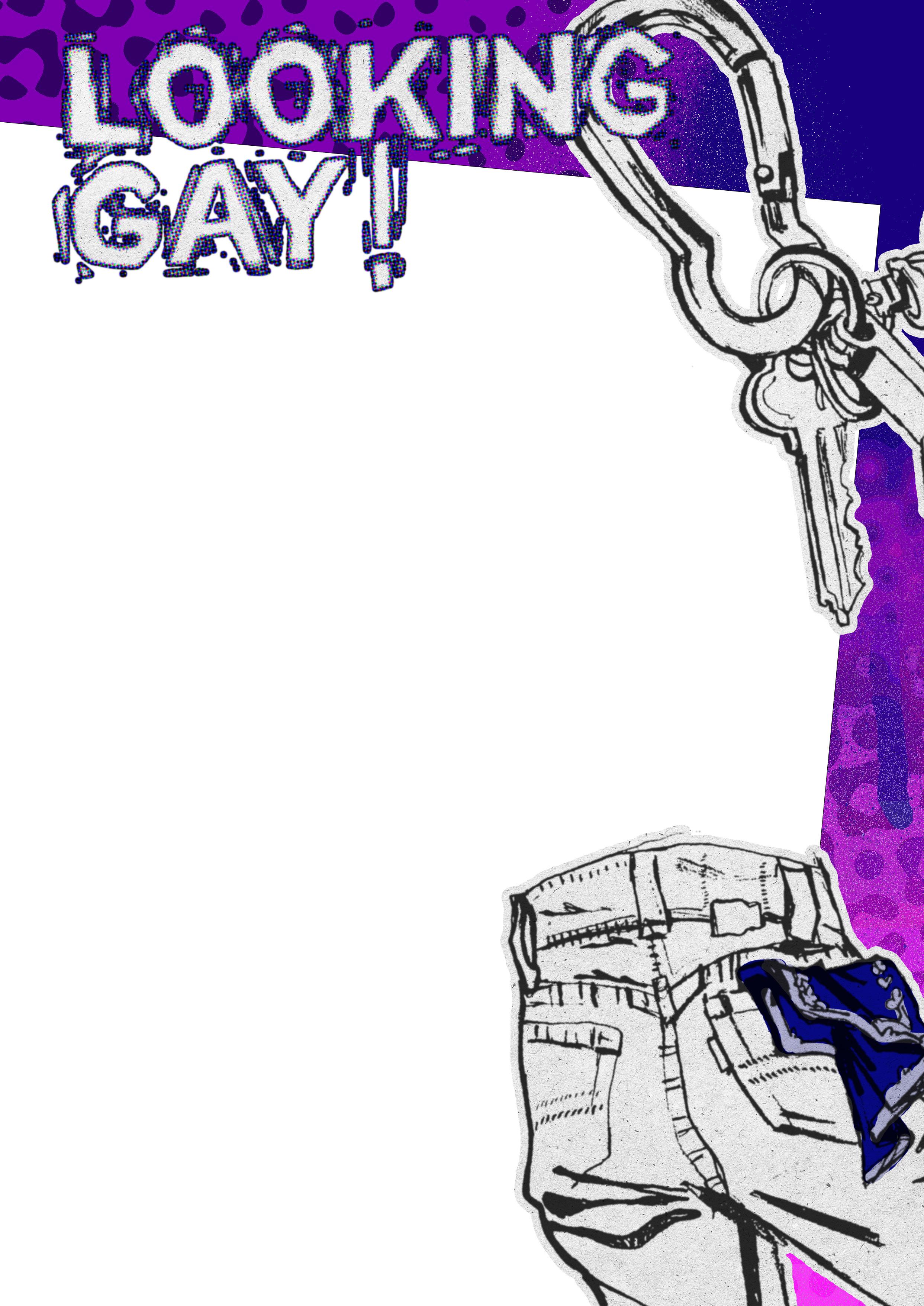
By Zia Ravenscroft (he/they/it)
One of the most common concerns I hear from young queer people is that they don’t look “gay enough.” Being visibly queer makes it easier to make other queer friends, and signals to the cishets that you are not one of them. However, some of us have never had the option of looking less gayI’ve been obviously gay to anyone looking at me since before I came out, which is about my faggy mannerisms and voice more than my fashion sense. Queerness is an act and something you do, as bestie Judith Butler tells us. Doing more gay things and just being gayer will make you feel a lot more comfortable in your identity without getting hung up on whether other gays can recognise you as one of their own. If you do want to try and look a little less like your entire wardrobe comes from Glassons or Hallensteins, here are some ideas on how to flag from queer history.
One of the oldest queer signifiers is the colour purple, which goes all the way back to Ancient Greece. Sappho of Lesbos (no prizes for guessing what words we get from her) wrote poetry about her female lovers wreathed in violets. Since then, violets have been a symbol of lesbian love. Lavender is also a significant colour. Over five thousand LGBTQ+ federal government employees were fired on the basis of their sexuality in America in the 1950’s, in what was called ‘The Lavender Scare.’ In the 1970’s, anti-lesbian feminist Betty Friedan called lesbians ‘the lavender menace’ which was adopted as a great slogan for t-shirts. You’ve probably seen someone on campus with their keys on a carabiner clipped to a belt loop. The carabiner is another queer signifier, stemming from working-class lesbian butch-femme communities after World War Two. As well as a practical tool, the side you hang your carabiner on also indicates your sexual preference. Wear it on the left if you top, and on the right if you bottom. Hang it on a hip loop if you’re versatile!
I have eight total piercings, including four in my ears. While piercings, tattoos, and body modification have a shared queer history, there is one specific ‘gay ear.’ You might have heard the saying about male ear piercings, ‘left is right and right is wrong,’ where the ‘wrongness’ refers to gayness. Having one piercing on the right ear is an indicator of homosexuality, which goes back to the 1980’s. Similar to the lesbian carabiner, it was a small and subtle way to flag. I dressed up as Earring Magic Ken, an infamous Barbie Doll for Halloween a couple of years ago. He has a lavender leather vest, an earring (unfortunately, not on the gay ear) and a necklace that resembles the 1990’s gay trend of wearing a cock ring on a necklace. Quite possibly one of the gayest outfits ever.
I’ve saved my personal favourite for last. The handkerchief code, where the term ‘flagging’ comes from in the first place, is a system used by queer men in the 1970’s and 80’s to non-verbally communicate sexual interests and fetishes. Like with carabiners, wearing a bandana on the left side of your body means taking the active role, and the right side means taking the passive one. Different colours mean different things. For example, red is fisting, black is sadomasochism, and gold is a threesome. Queer magazines published updated lists of the different colours and patterns and what they meant each year. Lesbians also had use for the hanky code, with updated lists to include things like menstruation and breast fondling. The handkerchief code is immortalised in a scene in 1980 film Cruising, where Al Pacino has it explained to him by a shopkeeper.
Last year, my theatre class adapted The Rover by Aphra Behn to set it in a 1970’s disco club. My character was rewritten to make him explicitly gay. I made sure to wear a dark blue handkerchief in the back pocket of my flared pants - on the right side.
Across
2. Dental tool to prevent disease
Across
2. Dental tool to prevent disease
3. English author charged w/ sodomy
3. English author charged w/ sodomy
5. Alan of "The Imitation Game"
5. Alan of "The Imitation Game"
7. Non-binary Ben of NZ Parliament
7. Non-binary Ben of NZ Parliament
9. Surname of Georgina, first Trans MP in NZ
9. Surname of Georgina, first Trans MP in NZ
10. Thunderfuck of Drag Race fame
10. Thunderfuck of Drag Race fame
13. Drug sniffed to induce loose muscles
13. Drug sniffed to induce loose muscles
16. Slang for gun or prosthetic phallus
16. Slang for gun or prosthetic phallus
17. Slang for heavily masc lesbian
17. Slang for heavily masc lesbian
21. Smallest number in playing card deck
21. Smallest number in playing card deck
22. Weezer song about lesbian lover
22. Weezer song about lesbian lover
23. The kind of "het" a closeted lesbian might experience
24. Kind of sisters that "don't feel like dancing"
26. A hen's male counterpart
24. Kind of sisters that "don't feel like dancing"
28. Personality type obsessed with cleanliness
26. A hen's male counterpart
29. Model/actress of Euphoria fame
28. Personality type obsessed with cleanliness
Down
1. Purple flower with queer connotations
1. Purple flower with queer connotations
4. Insulting term, or device for cleaning holes
4. Insulting term, or device for cleaning holes
6. Name of Minogue and Jenner
6. Name of Minogue and Jenner
8. Only country with current gay President
8. Only country with current gay President
9. Cruising spot followed by "house"
9. Cruising spot followed by "house"
11. Where the B-52s might take you
11. Where the B-52s might take you
12. Late transfem producer, influential on Charli XCX and others
12. Late transfem producer, influential on Charli XCX and others
14. Pill taken to avoid HIV infections
14. Pill taken to avoid HIV infections
15. Wall built to prevent flooding, as in Netherlands
17. Ayo Edebiri TV show
23. The kind of "het" a closeted lesbian might experience
17. Ayo Edebiri TV show
29. Model/actress of Euphoria fame
32. Judith of "Gender Trouble", Alfred of "Batman"
15. Wall built to prevent flooding, as in Netherlands
18. Greek for "same", genus of humans
19. Player in Green Bay sporting team
18. Greek for "same", genus of humans
20. Greek prefix for "two"
19. Player in Green Bay sporting team
22. Device to find gold
20. Greek prefix for "two"
22. Device to find gold
31. Historic Wellington queen, features on traffic lights
31. Historic Wellington queen, features on traffic lights
34. Goddess of moon, hunting, etc.
32. Judith of "Gender Trouble", Alfred of "Batman"
35. VUW group responsible for Queerlient
34. Goddess of moon, hunting, etc.
35. VUW group responsible for Queerlient Down
25. Location-based cruising app
27. English slang for durry
25. Location-based cruising app
30. Kind of adapter in plumbing, electronics
27. English slang for durry
31. Drink that follows a shot
30. Kind of adapter in plumbing, electronics
33. Tūtānekai's male lover in legend
Drink that follows a shot
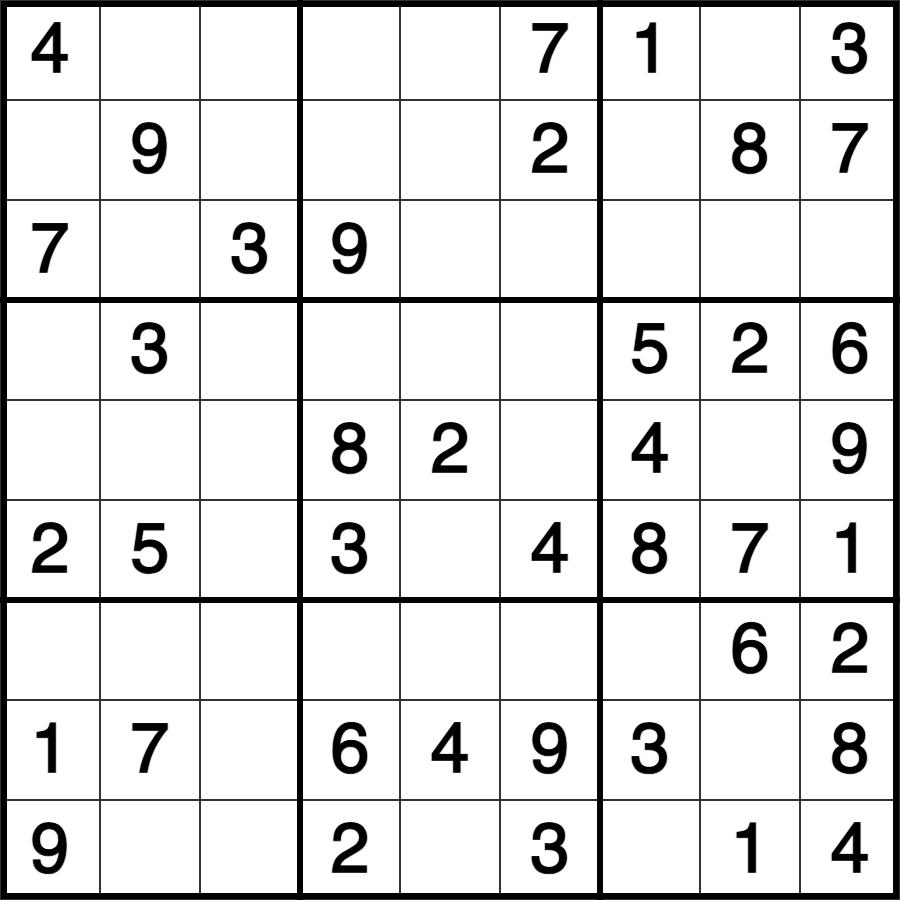


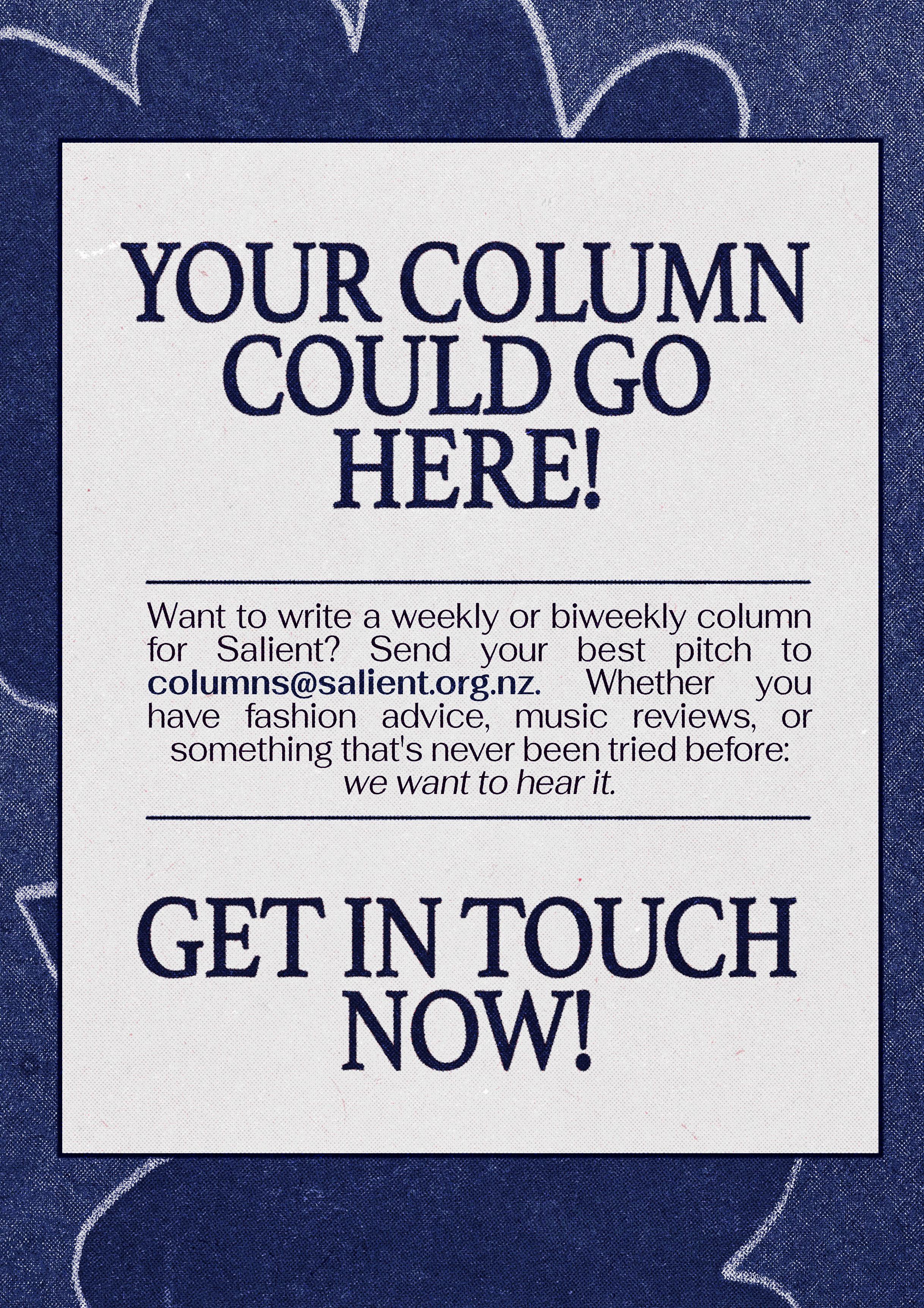
The Pacific has long recognised and respected gender diversity.
MVPFAFF + is an acronym used to encapsulate the many terms used across the Pacific ocean. It stands for māhū (Hawai’i and Tahiti), vaka sa lewa lewa (Fiji), palopa (Papua New Guinea), fa’afafine (Samoa), akava’ine (Rarotonga), fakaleiti (Tonga), and fakafifine (Niue).
In Samoa, a fa’afafine refers to a person assigned male at birth who embodies both masculine and feminine traits. They often take on traditionally female roles within their communities. There is also the fa’afatama, which describes individuals assigned female at birth who express more masculine characteristics. Fa’afafine and fa’afatama are fluid gender roles. They move between male and female worlds, and are often entrusted with important social responsibilities such as caring for elders.
Other Pacific cultures have their own “third gender identities such as māhū in Native Hawaiian and Tahitian societies. A māhū embodies both male and female spirit and are traditionally respected as teachers, keepers of culture, and healers.
Indigenous recognition of these identities do not always fit neatly into Western concepts of gender identity but rather, they represent a spectrum of gender expression and identity that is deeply woven into the social fabric of Pacific societies.Third gender individuals in the Pacific continue to play vital roles in their communities and are central to ongoing conversations about gender, identity, and cultural heritage.
By Tanumia Matega
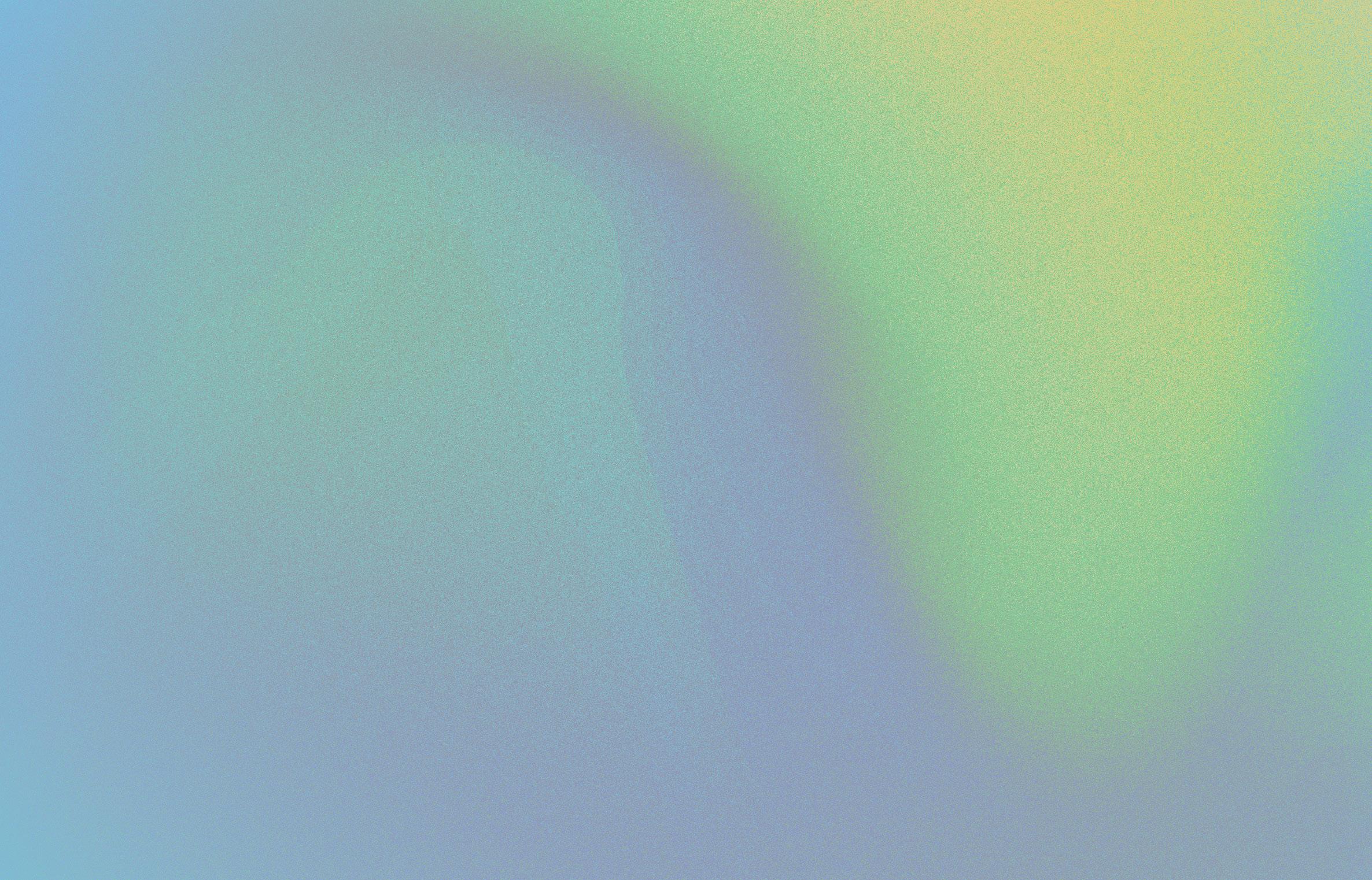
The sun sees her as I do. Adorning her with freckles, Gifted upon her knees.
Her scatters of gilded ambers, Enshrouding softly my attention, Warm me with gold specks of light.
Perhaps it is not the sun who sees her so,
For when it fades, She is no less vividly lit. Her gifts heavenly As our bodies intertwine. They are bestowed upon herself alone, And I feel the warmth of their glow.
Her body interconnected, Woven through with illuminating detail. Her golden patchworked knees, Homespun in its nature.
A brilliance of creation, Of which her luminescence refuses to fade.
By Myllo (they/them)

Let’s be real — existing as both disabled and queer is like playing life on hard mode while everyone else pretends the difficulty settings don’t exist. I’m so tired of queer spaces that aren’t accessible and disability communities that act like being LGBTQ+ is some kind of “extra” problem. Newsflash: We exist, and we’re not going anywhere.
Try going to a queer club with a mobility aid. Or a pride parade with chronic pain. Or an LGBTQ+ support group where no one understands why you can’t just “push through” your fatigue. The hard truth? A lot of queer spaces simply aren’t built for disabled bodies in fact, they don’t even think about us in the first place. Bright lights, loud music, no seating, stairs everywhere — it’s like they forgot disabled queer people exist.
And don’t even get me started on dating. Nothing kills the mood faster than someone saying, “Oh, you’re disabled? But you’re so… attractive?” Like, thanks, I didn’t realise my disability cancelled out my hotness.
If you’re queer and disabled, the medical system is basically a minefield. Having to take longer to start HRT because you have to make sure that all of your medication is safe to take with hormones. Being told your pain is “just anxiety” because you’re also openly gay or trans. Not to mention the assumption that we’re either too disabled to be sexual beings or too queer to be taken seriously as patients.
Spoiler: My disability doesn’t make me less gay, and my queerness doesn’t make me less disabled.
You’d think two marginalised communities would have each other’s backs, but no. Disability activism often ignores queer issues, and LGBTQ+ spaces treat accessibility like an afterthought. I’ve been in rooms where people rant about discrimination, but don’t notice when their event is in a building with no elevator. The irony is painful.
But here’s the thing—disability justice and queer liberation are fighting the same fight: the right to control our own bodies, to exist without apology, and to live in a world that doesn’t treat us like problems to be fixed.
Here's a list of things we need to do better.
Queer folks: Stop acting like accessibility is someone else’s job. Demand captions, interpreters, ramps, and quiet spaces at your events. If you’re planning the event, making it accessible is your job.
Disabled community: Stop pretending queerness is a side issue. The overlap between our 2 communities is large. Everyone else: Listen to us. Amplify us. And for the love of god, stop acting surprised when we say we’re both disabled and queer.
This isn’t about “inclusion” as a buzzword — it’s about making sure no one gets left behind. So next time you plan an event, speak up about an issue, or even just chat with a friend, remember: Some of us are living at this intersection every damn day. The least you can do is acknowledge it.
Sterling Jones (they/them)
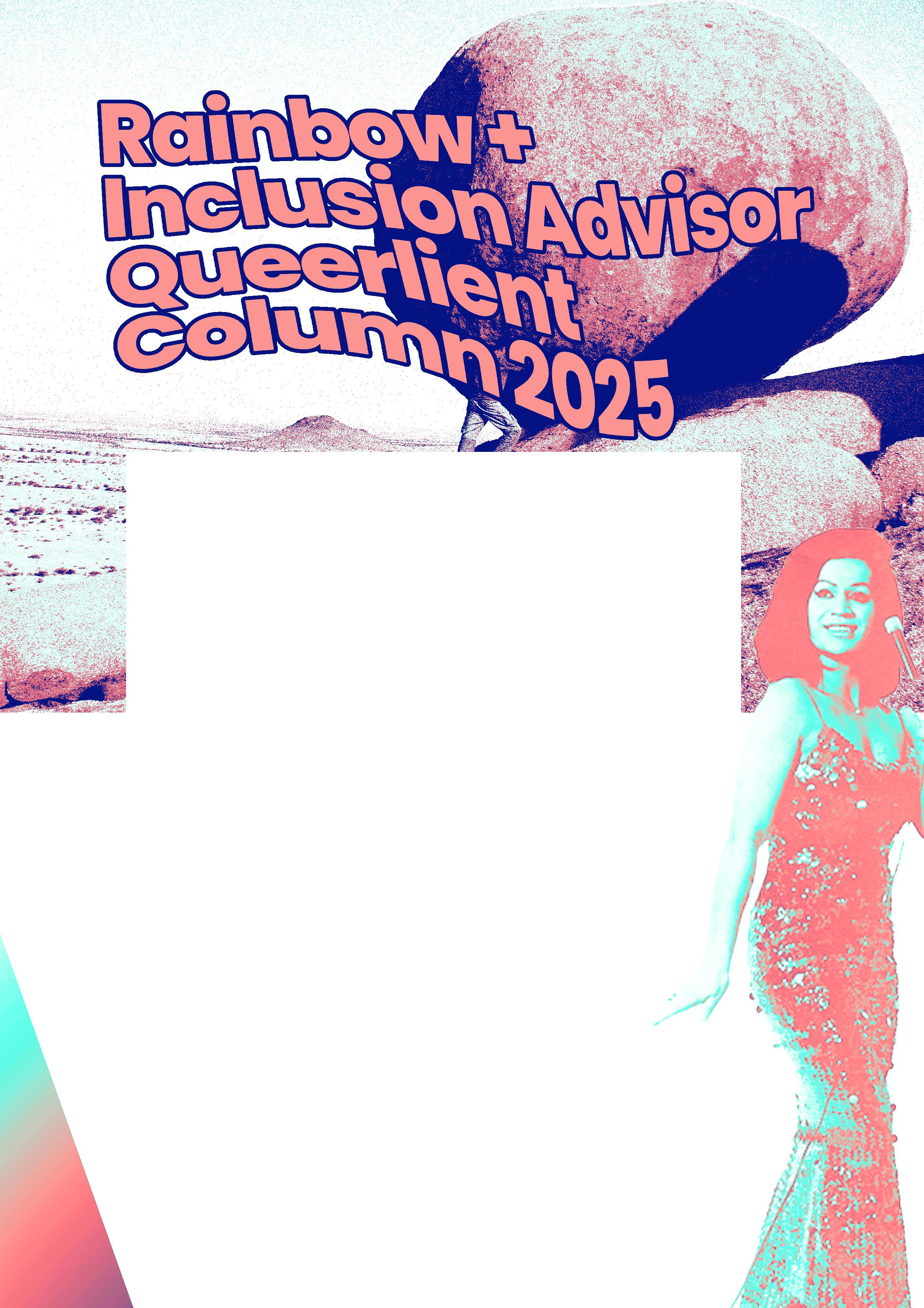
Persistence is a pain—just ask Sisyphus, he’d know. Condemned to push a boulder uphill only to watch it roll back down for eternity, Sisyphus is starting to feel like a relatable character among our takatāpui and rainbow communities.
Haven’t we already fought and won our right to exist? Yes. But the struggle for dignity, safety, and human rights is relentless. So, we keep persisting—not because we’ve angered the gods with our hubris, but because perishing is not an option. Still, persistence wears down our wairua. It’s exhausting. How are we meant to replenish our mauri in the face of constant struggle? There’s a whakataukī that’s stuck with me: Kia whakatōmuri te haere whakamua—I walk backwards into the future with my eyes fixed on my past. In Te Ao Māori, the past and present are visible and knowable in front of us, while the future is unseen behind us. From this perspective, our whakapapa, histories, and collective memories behind are not lost to time; we carry them into the future with us.
Sisyphus’ curse is that he can only ever see the boulder in front of him, always looming over him, always on the verge of rolling back downhill. His past, present, and future are set in stone—same task, same effort, same result.
Fortunately, we are not cursed with his same fate.
Don’t get me wrong, the incessant torrent of doom is real and frightening, and without taking a wider perspective, it can feel like we're barely hanging on. But, if we take a moment to turn our backs to the future and face the past, we may see the long line of queer folk who persisted before us, standing with us as we continue persisting.
If you need inspiration, just look for the silhouette of Carmen Rupe on Cuba Street’s rainbow crossing. Carmen was a phenomenal transfeminine, takatāpui Wellington icon in the 60s and 70s. Businesswoman, performer, and activist, her accomplishments are many, including becoming the first openly trans person to run for mayor in Aotearoa. She ran on a platform of progressive reforms that have all come to pass since then.
Although Carmen wasn’t successful in her mayoralty campaign, Georgina Beyer was.
In 1995, Georgina became the first openly trans mayor in the world, making history again, when she became the world’s first transgender MP at the ’99 Election. During her two terms in parliament, she played a key role in amending the Human Rights Act to prohibit discrimination on the grounds of sexual orientation, championed the Civil Union Act to extend legal recognition to same-sex couples, and was instrumental in securing support for the decriminalisation of sex work by courageously drawing on her own lived experience in the industry.
These wāhine toa are examples of the legacies we inherit and must keep our eyes fixed upon. They remind us that while queer persistence is a relentless task, unlike Sisyphus’, it is neither a solitary nor futile one.
By Courts (they/them) Thursdays in Black VUW Social Media Officer
There is a saying going around at the moment, growing popular on social media: “This too shall pass”, and honestly, it sounds cheesy as hell, but it can be true. Surviving trauma is hard. It takes time, patience, and compassion. Surviving any trauma comes from selfdetermination to recover and understand how it has affected you. As a teen, I was a victim of sexual violence, which changed the way I viewed myself and the people around me. Trauma never truly leaves you; it whispers in your ear when you choose what to wear, it shadows you while you’re out in town, and it can be haunting. The thing about overcoming trauma is that recovery can be a truly rewarding experience. Having a trauma wear you down to the bone means you do get to build upwards, discover who you are at your core and how you are going to cope. It’s hard work, coming to terms with trauma and moving forward, but it’s possible. It may be a process full of sleepless nights and many tears, but it is worth persevering. Something that works as a light at the end of the tunnel, for me, is that I can use my experience to help others. It has motivated me to be an agent of change and connect with my peers, guiding others through their process. I have been so lucky to be able to work with a community built on compassion and changing narratives around sexual violence. I have been with Thursdays in Black for over a year now, and the work we have put in as a team has helped me to help others; it has been so fulfilling and empowering. I get to be more than just a victim, and for that, I am so grateful. Shout out to the team! I have overcome, now I am working to help others heal. If you are struggling, reach out to someone; you are not alone!
Just remember,
This too shall pass.
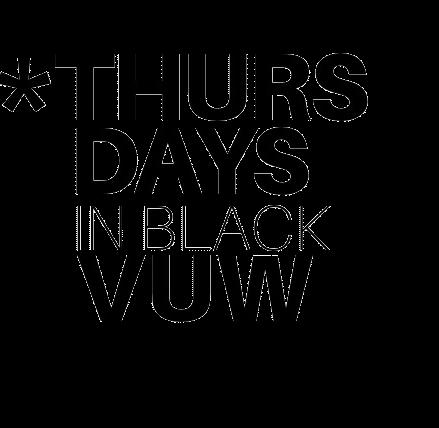
If there’s one thing my father and I have in common, it’s that we’re both addicted to putting fags in our mouths.
Every night, we both sneak off to our darkened corners of the sky and whip out our personal vices and Every night we flick the flame that lights the fire as we hastily pull ‘it’ out of our trousers and Every night we dart our eyes around the room before turning the Jesus portrait face-down and Every night as it bobs between our lips and as the excess spits out on our dewlaps we wish that it was just a little bit longer
We both know it’s wrong; That the church would condemn us and the neighbours would gasp and tell their kids to leave the room but still Every night, we exhale as the cardinal sin leaves our busted lips in a long, languid, stream of white and Every night, we hasten because: What if he found out
The searing shame of falling from grace / into sin
Just like every other angel
Every night, I’m drawn like a moth
To the haze of heat pressed up against my lips After all, the smoky haze that clouds my vision white And the searing touch of fire pressing against skin can’t be easily replaced I know that it’s easy to fall prey to your habits But the sun tumbling out of the sky doesn’t make me a monster Bathing under the moon simply brings out my true nature
When the sun rises
And we as a family sit at the table
I shrug my white shirt sleeves down to hide The moon shaped marks that still burn against my skin And together we sit Two light-bringers
Who’d rather hide in the dark Father and Son
By Vin Mahadevan
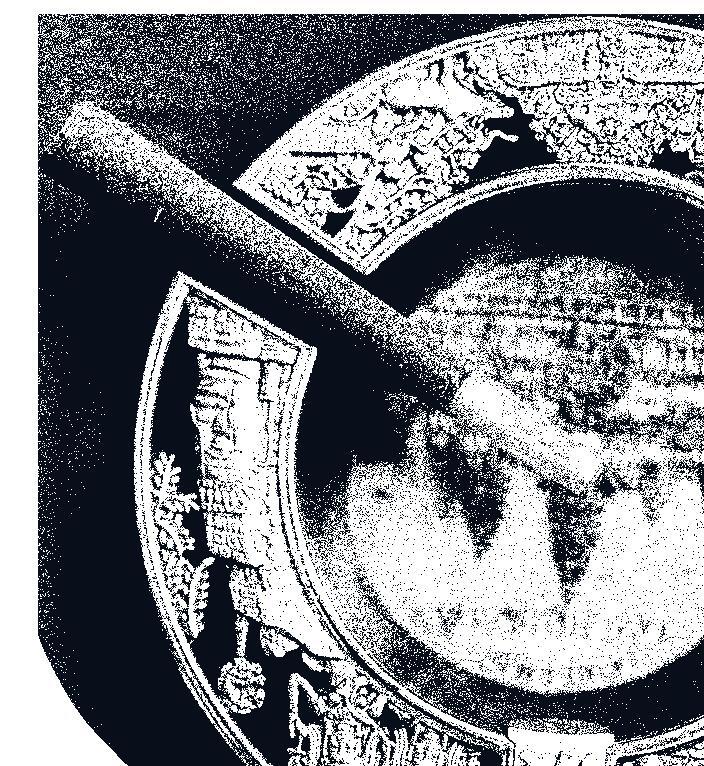
Ash Buick - Guest Editor
Autumn Forest-Brown - Cover artist
King Markiss - Cover artist and contributing writer
Miles Yuile - Centrefold artist
Will Hansen - Contributing writer
Quinn Cassidy - Contributing writer
Vin Mahadevan - Contributing writer
Zia Ravenscroft - Contributing writer
Maia Berryman-Kamp - Contributing writer
Myllo - Contributing writer
Tanumia Matega - Contributing writer
Sterling Jones - Contributing writer
Courts - Contributing writer
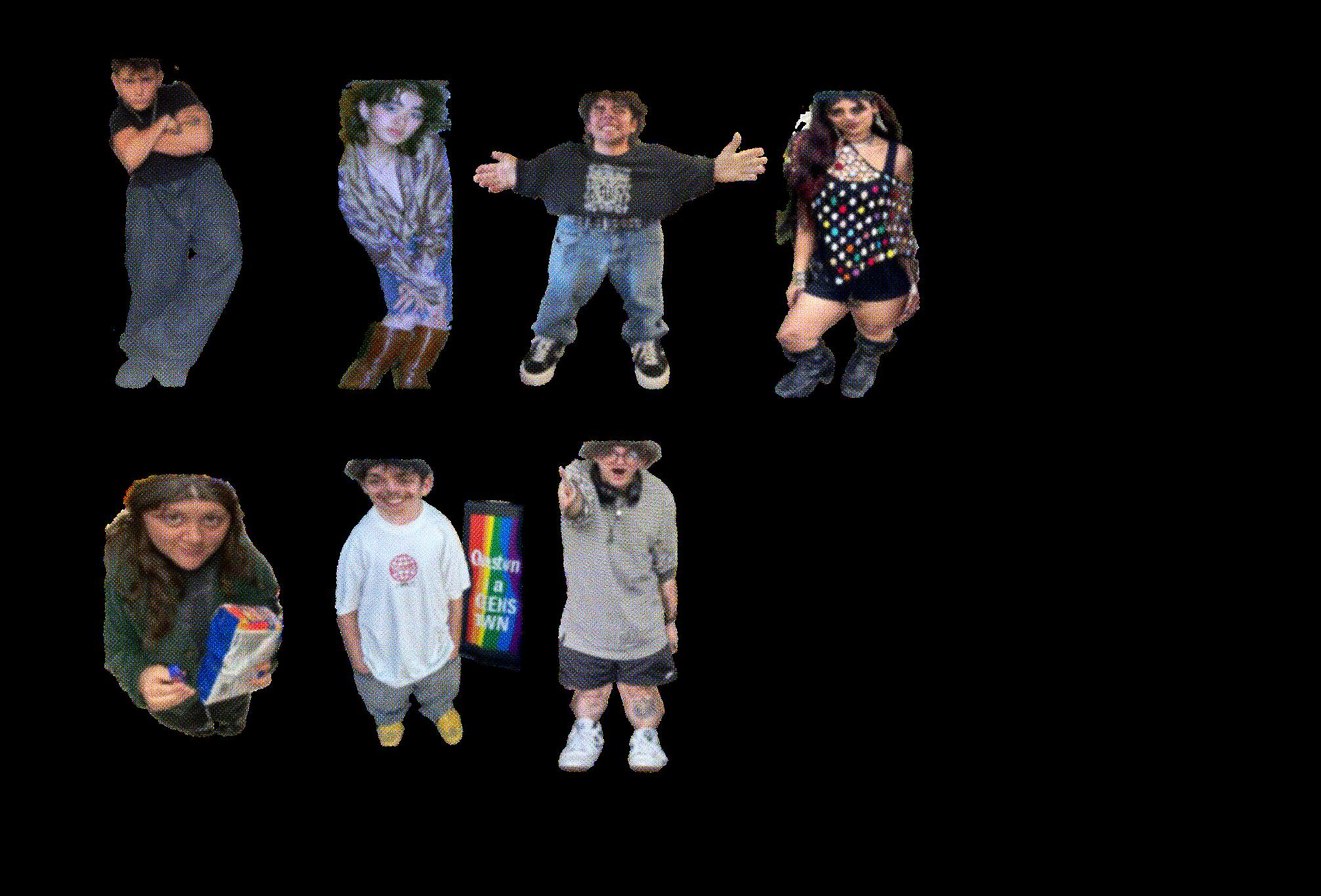
Salient is published by, but remains editorially independent from, the Victoria University of Wellington Students’ Association (VUWSA). Salient is funded in part by VUWSA through the Student Services Levy. Salient is a member of the Aotearoa Student Press Association
Complaints regarding the material published in Salient should be first brought to the CEO in writing (ceo@vuwsa.org. nz). Letters to the editor can be sent to editor@salient.org.nz. If not satisfied with the response, complaints should be directed to the Media Council (info@
